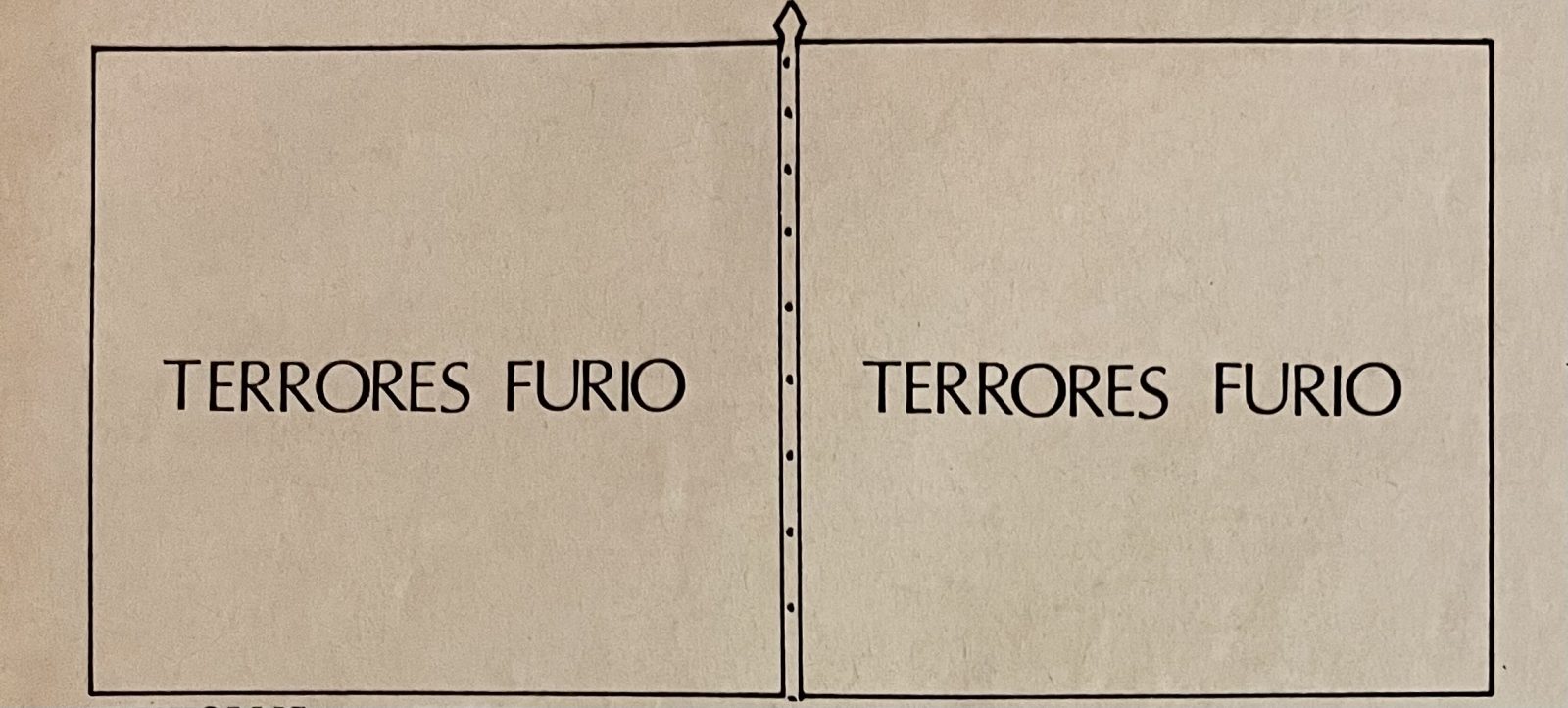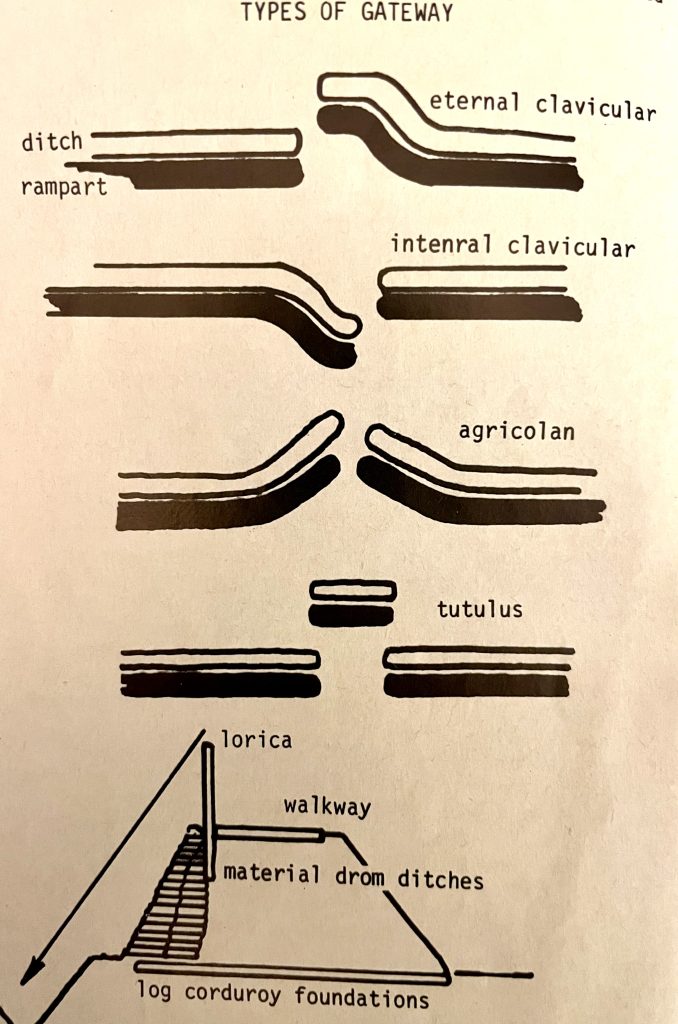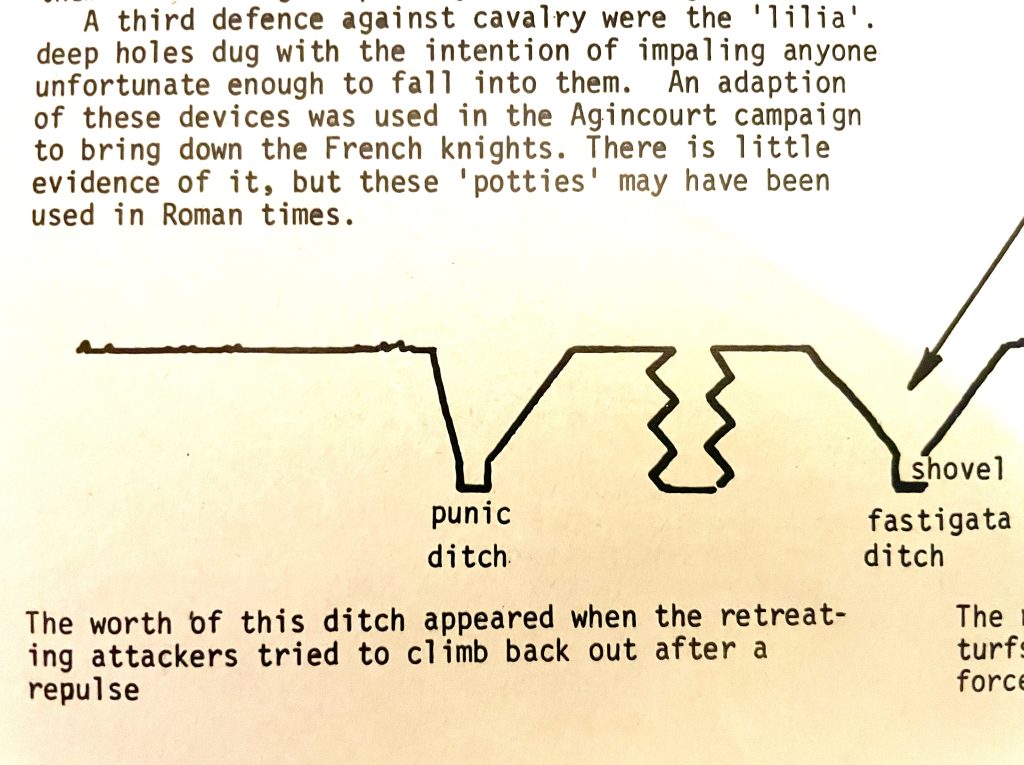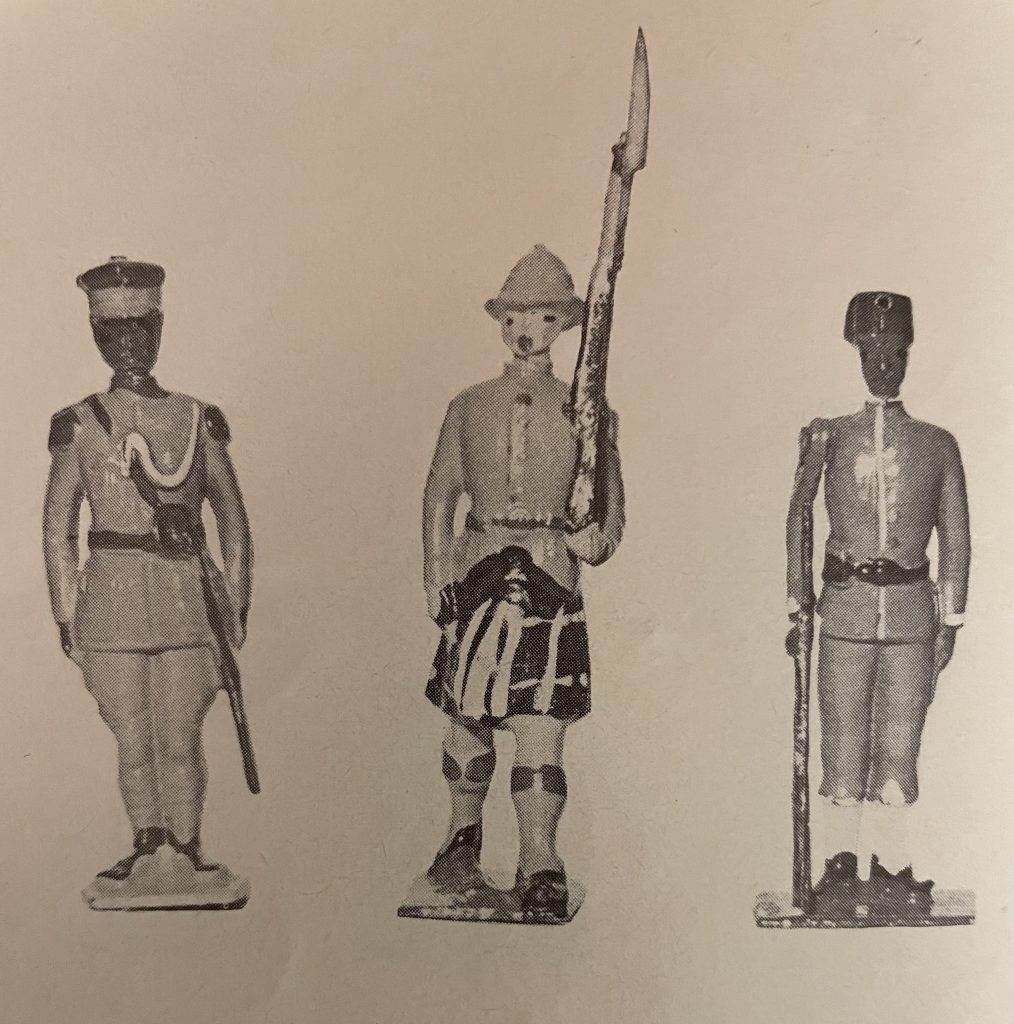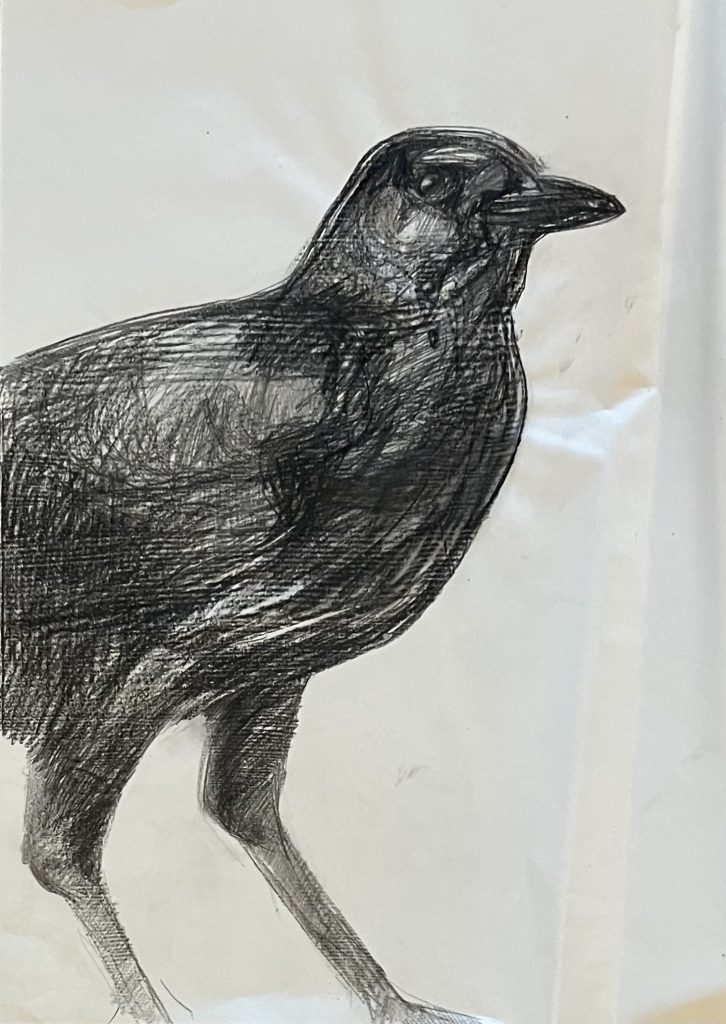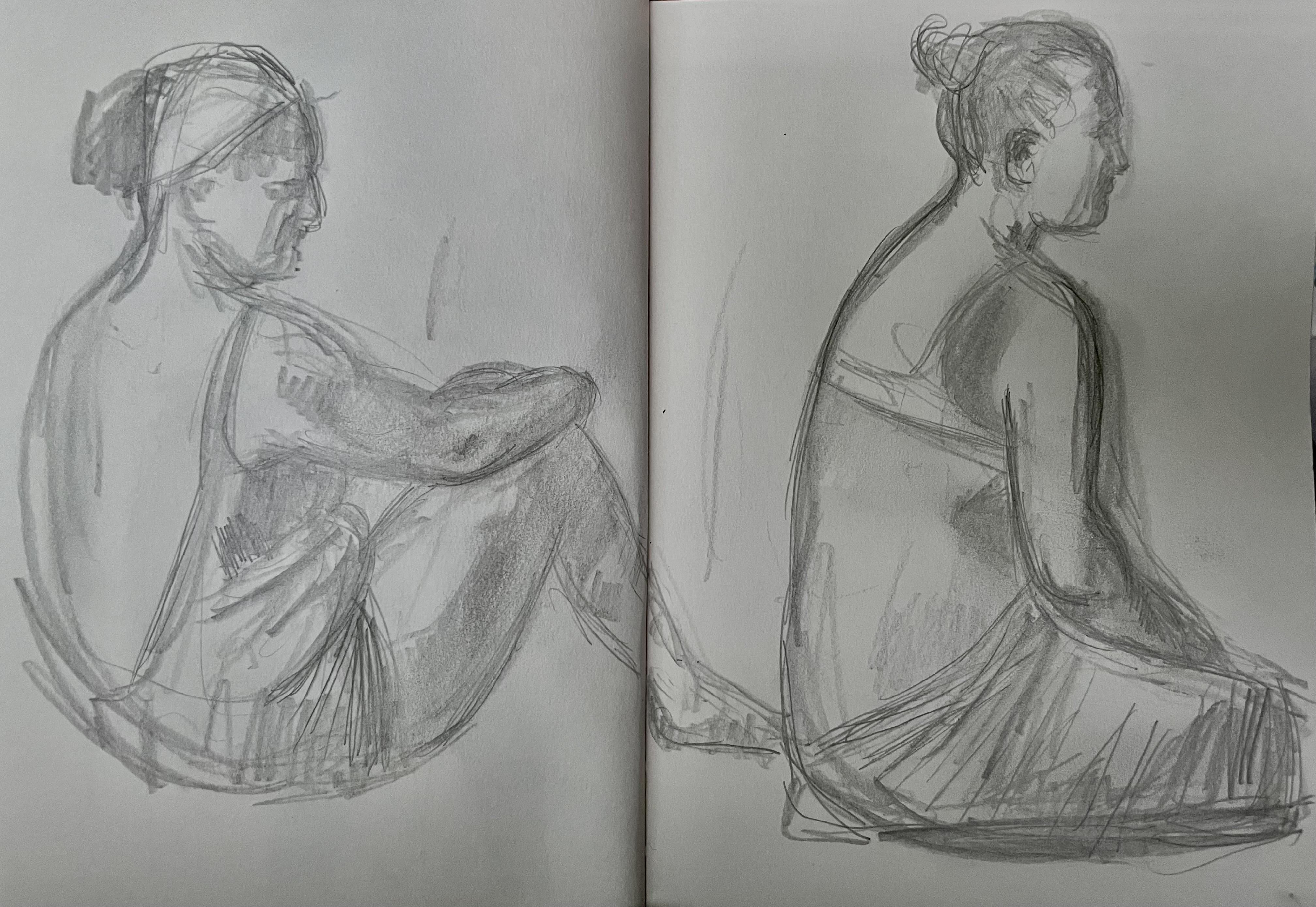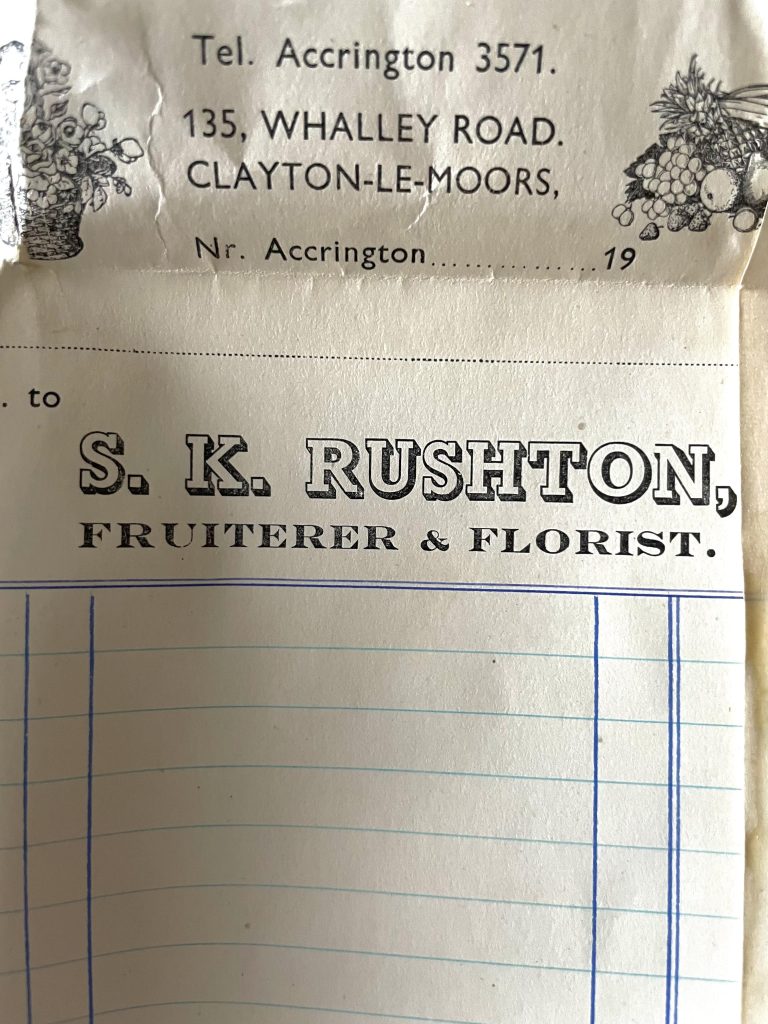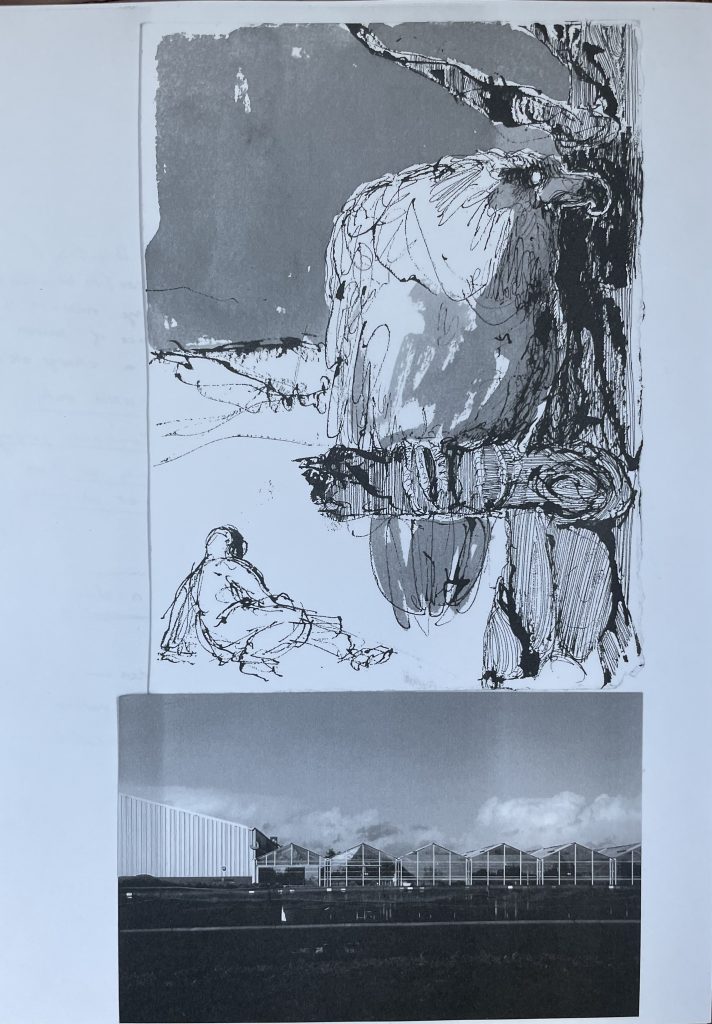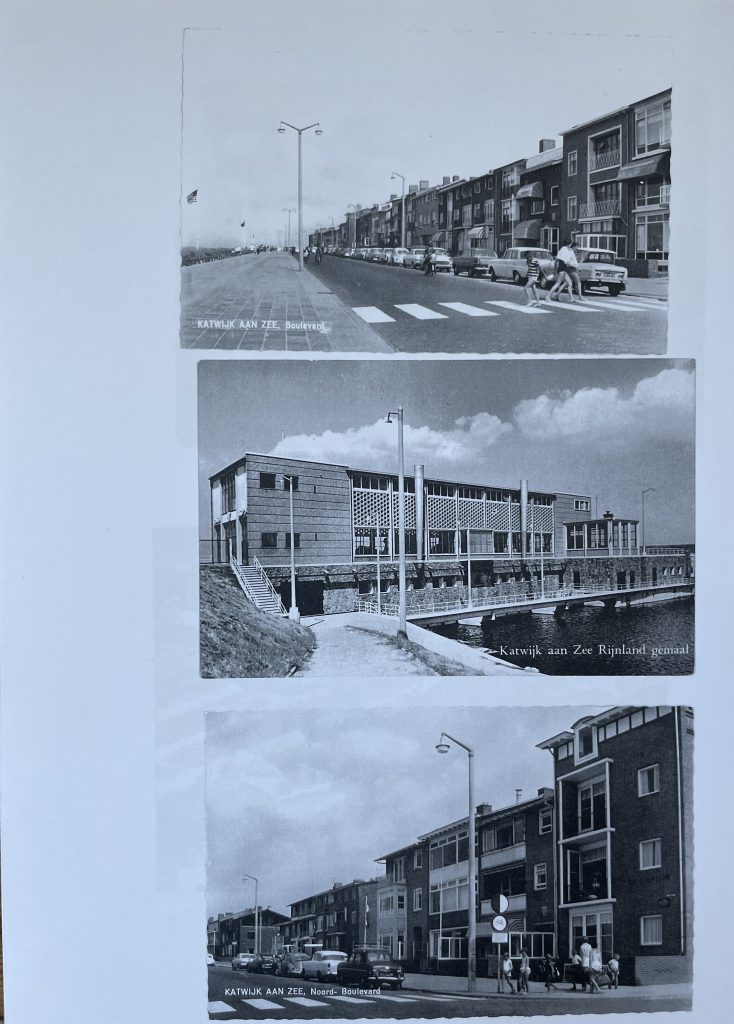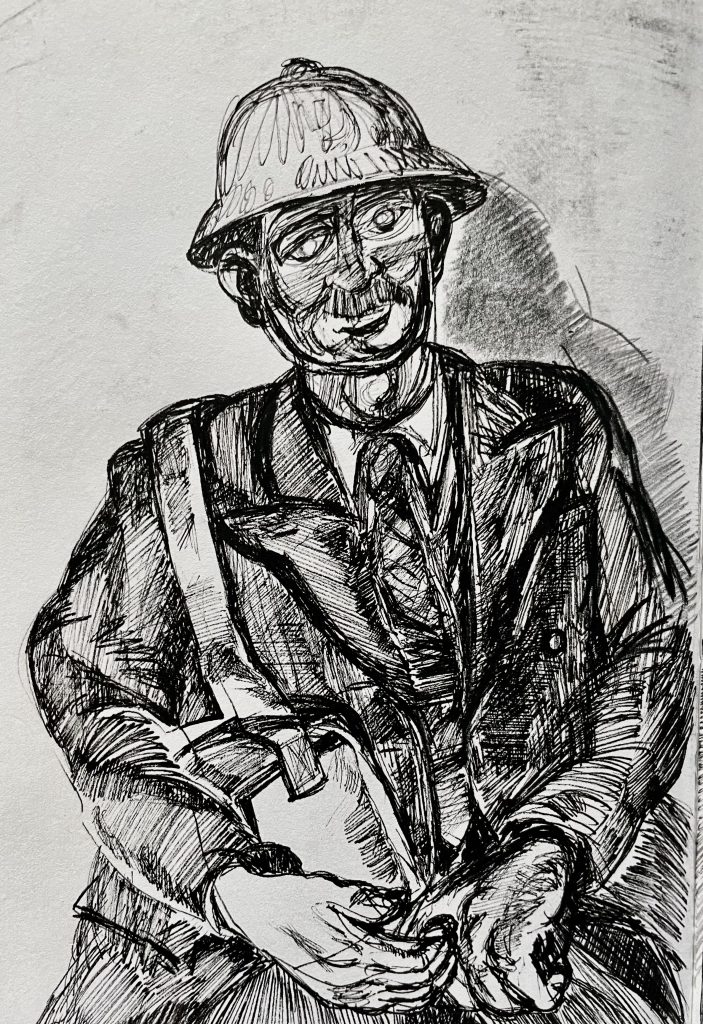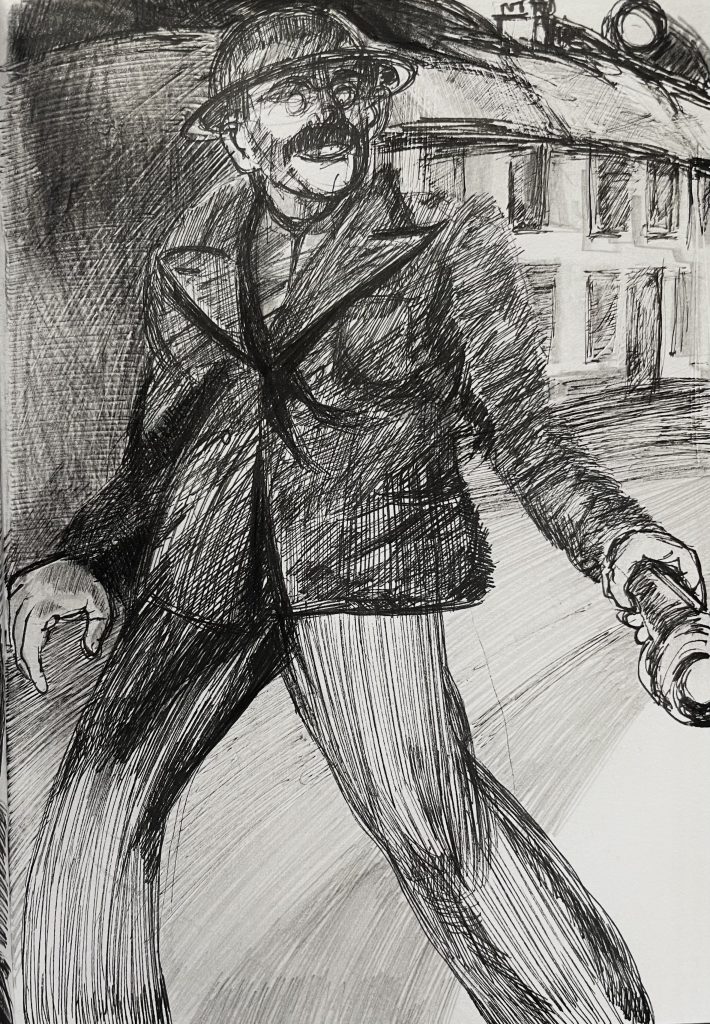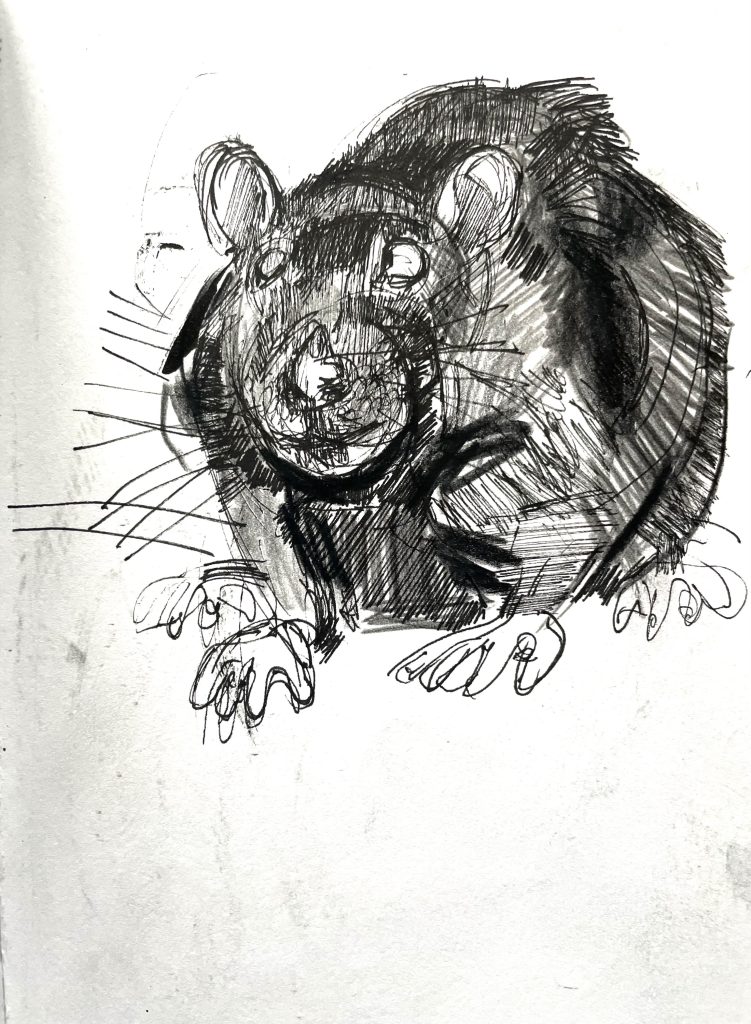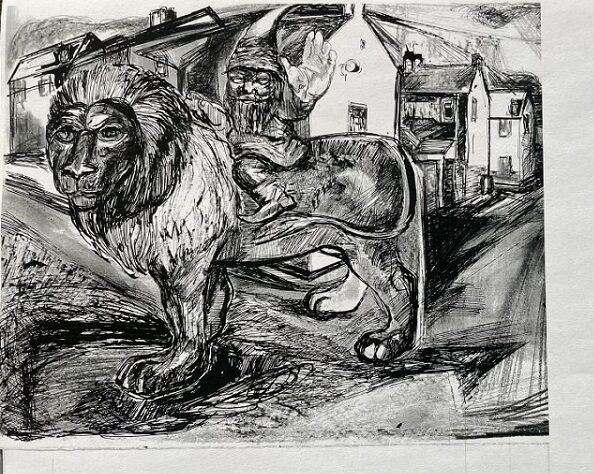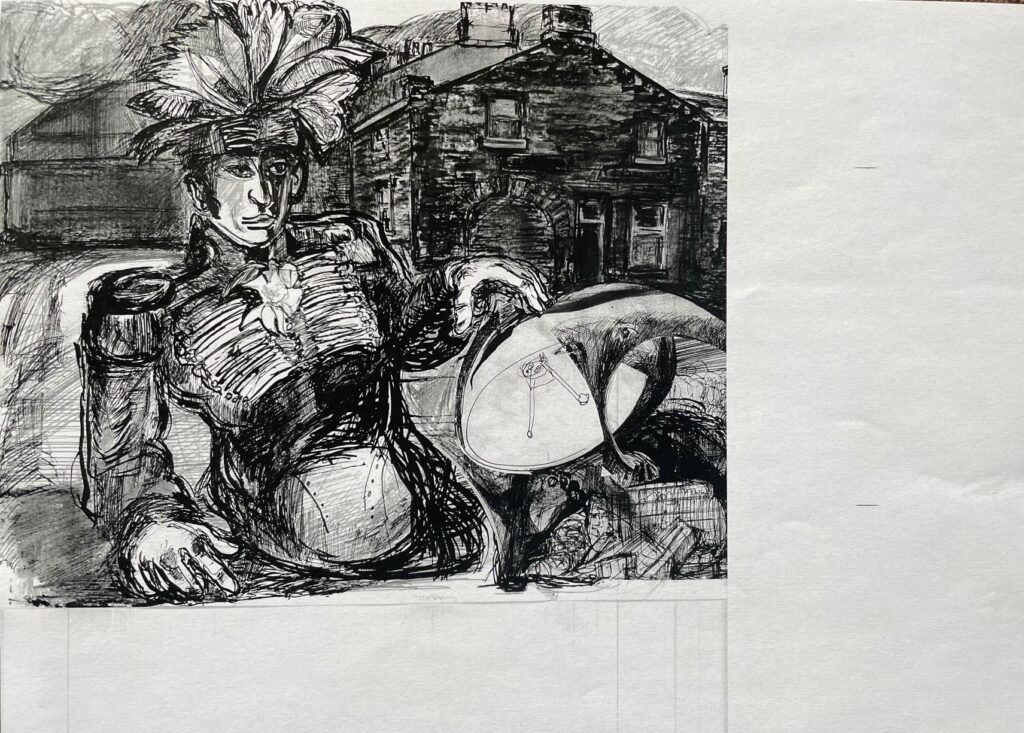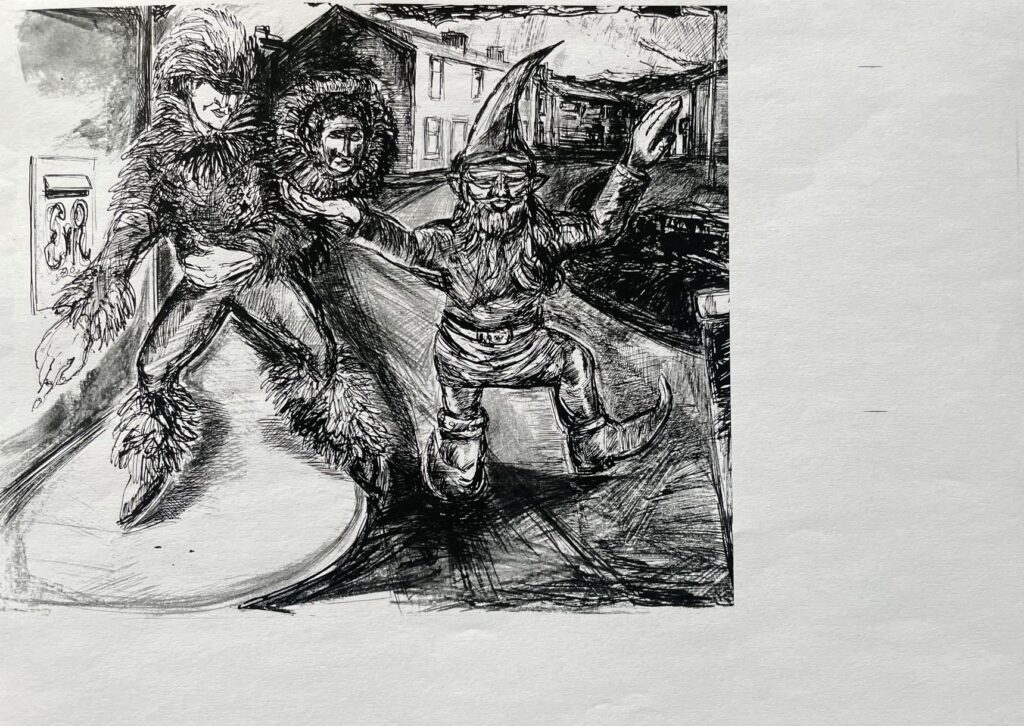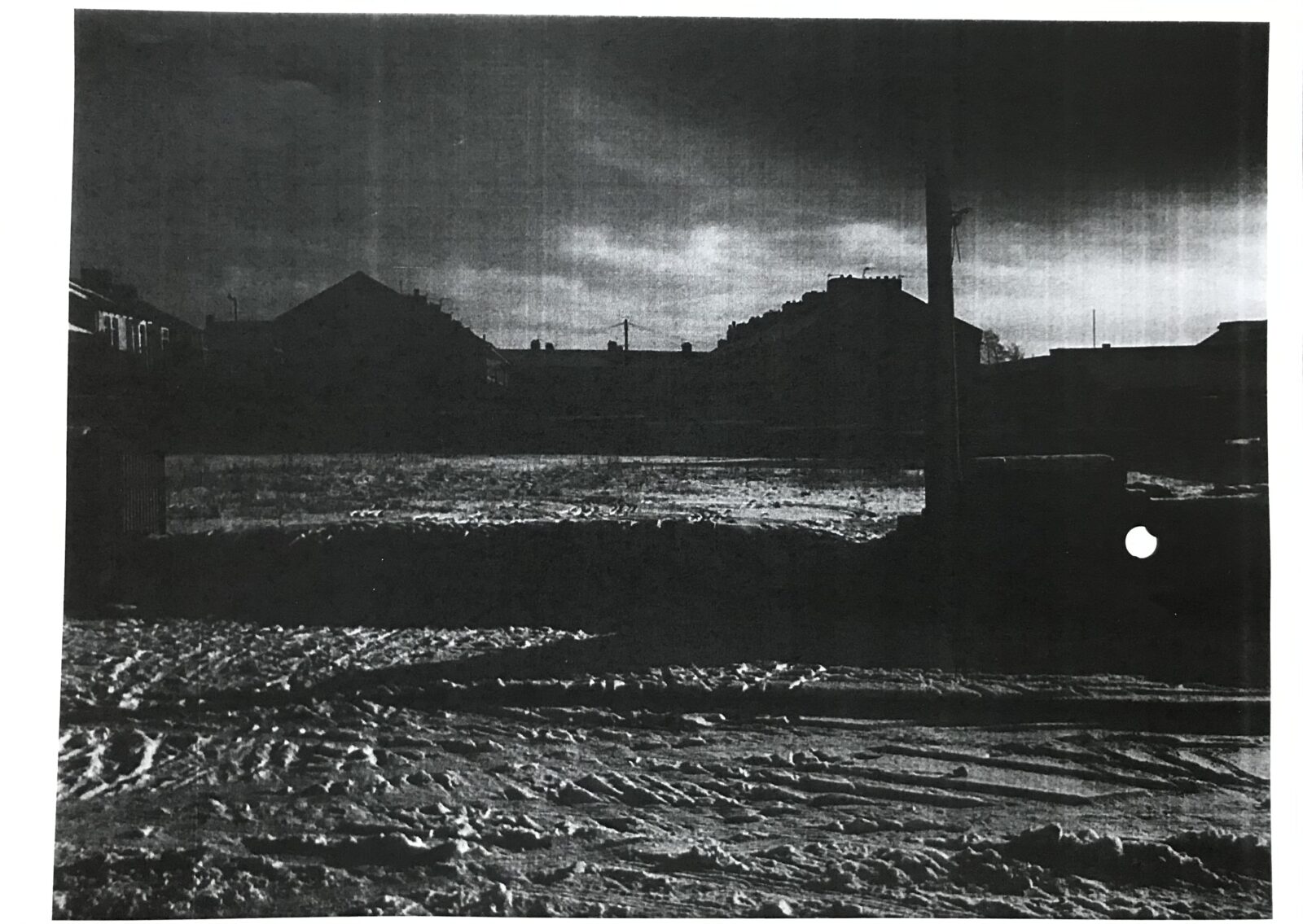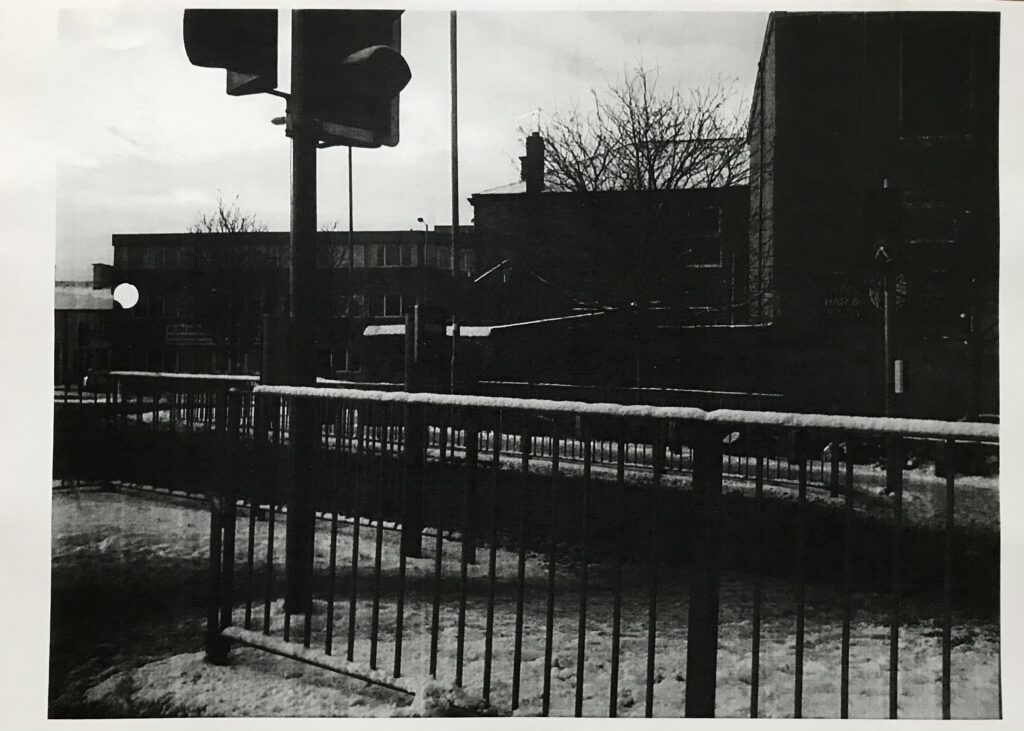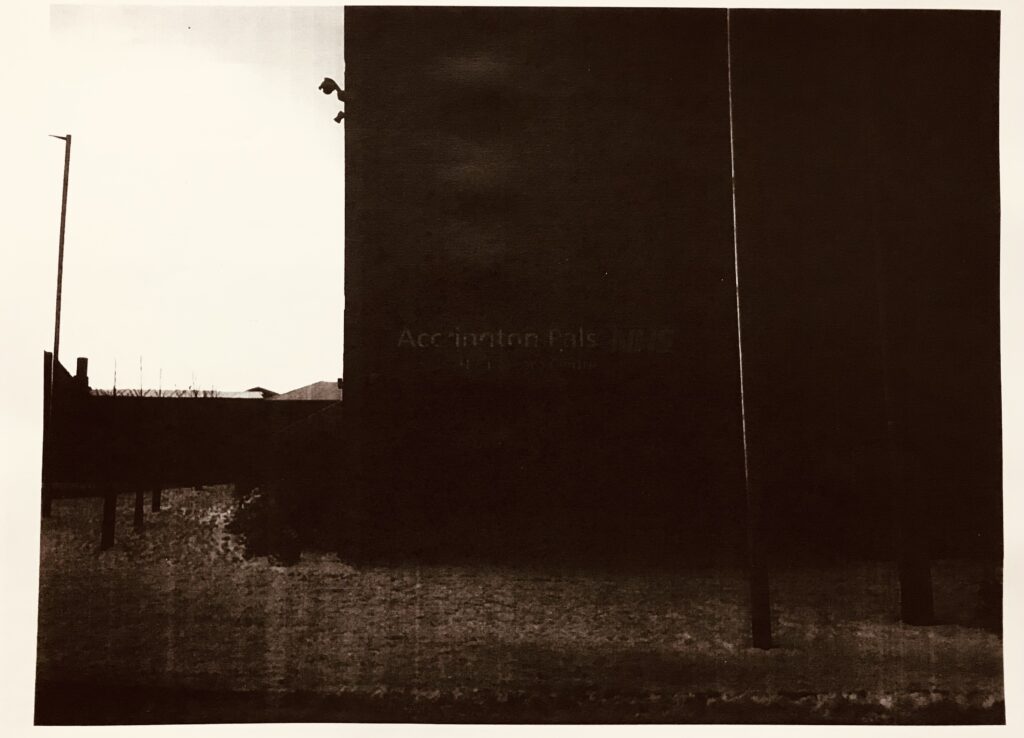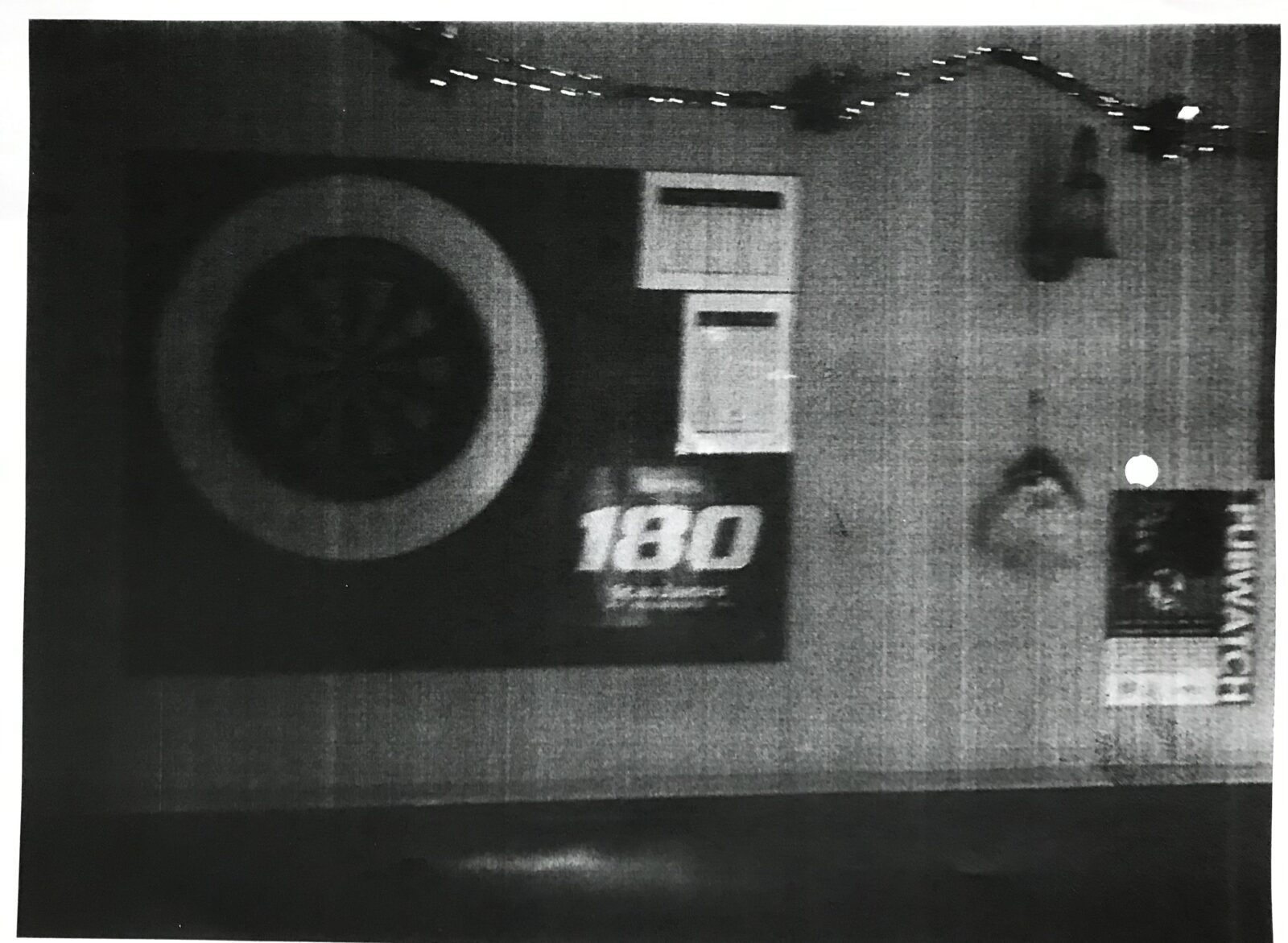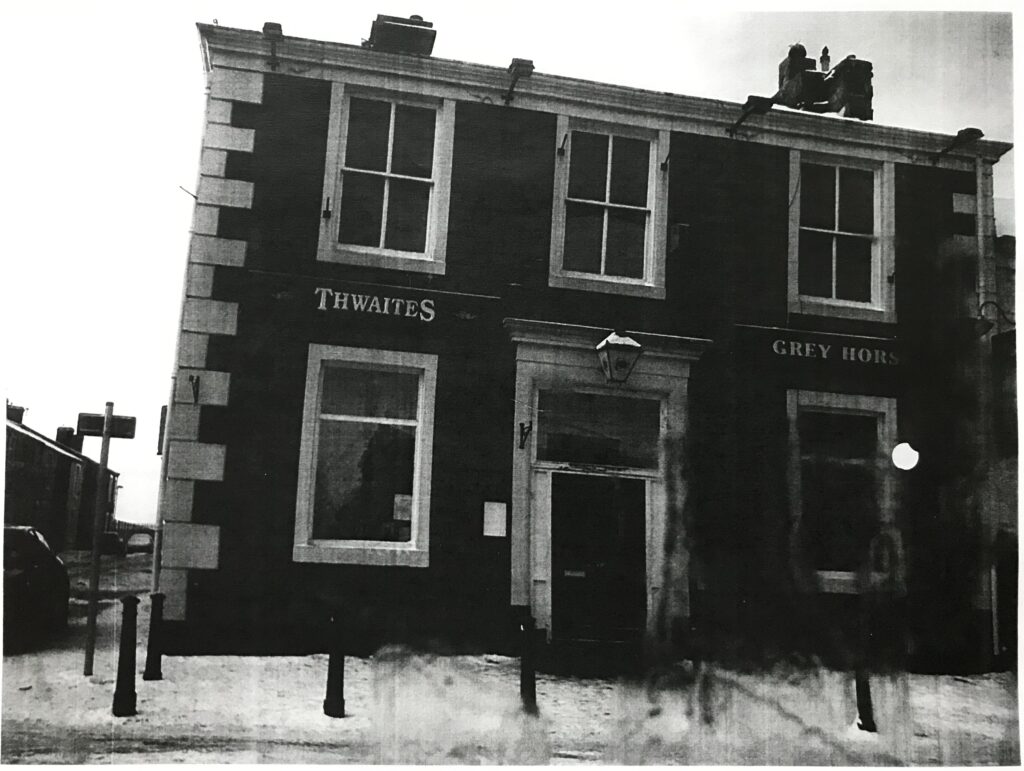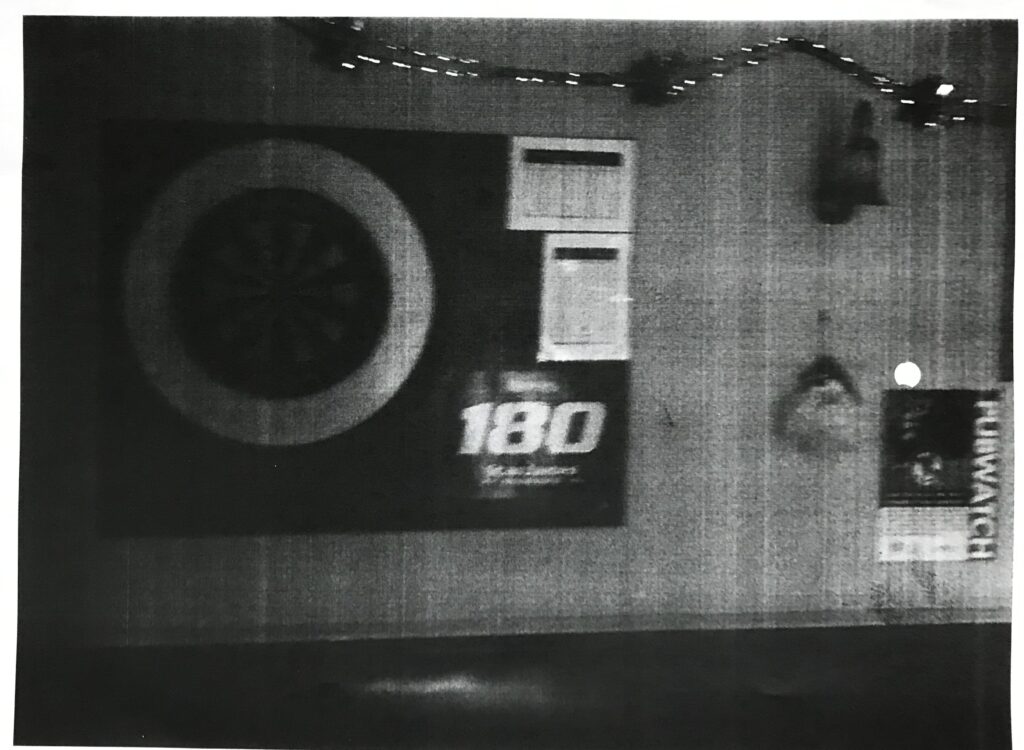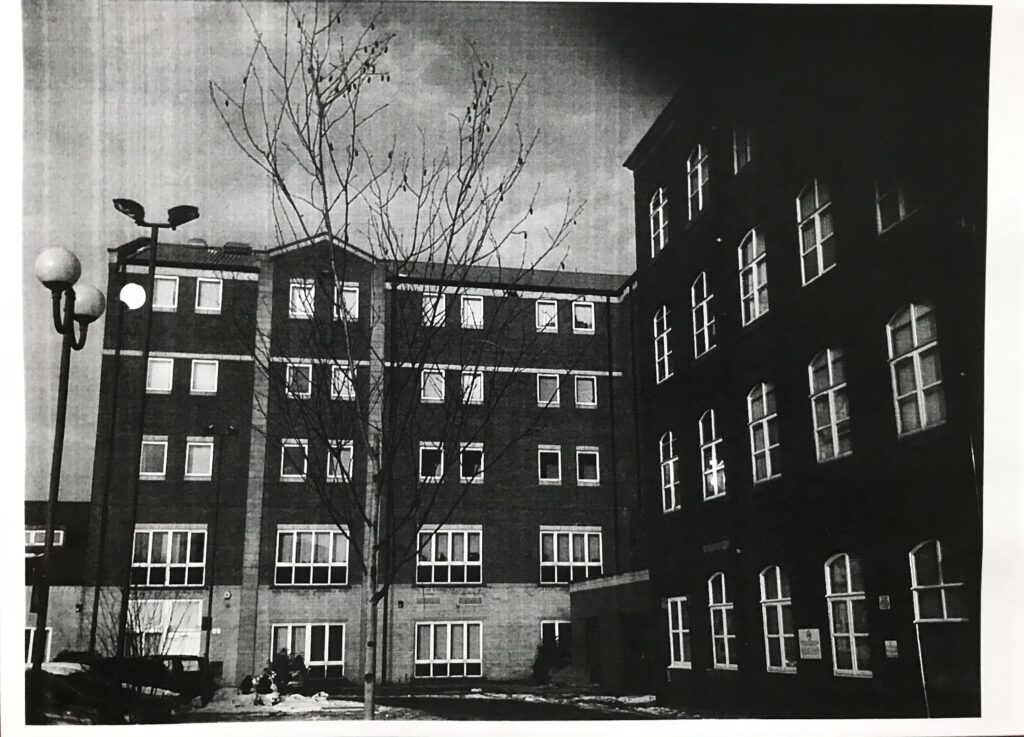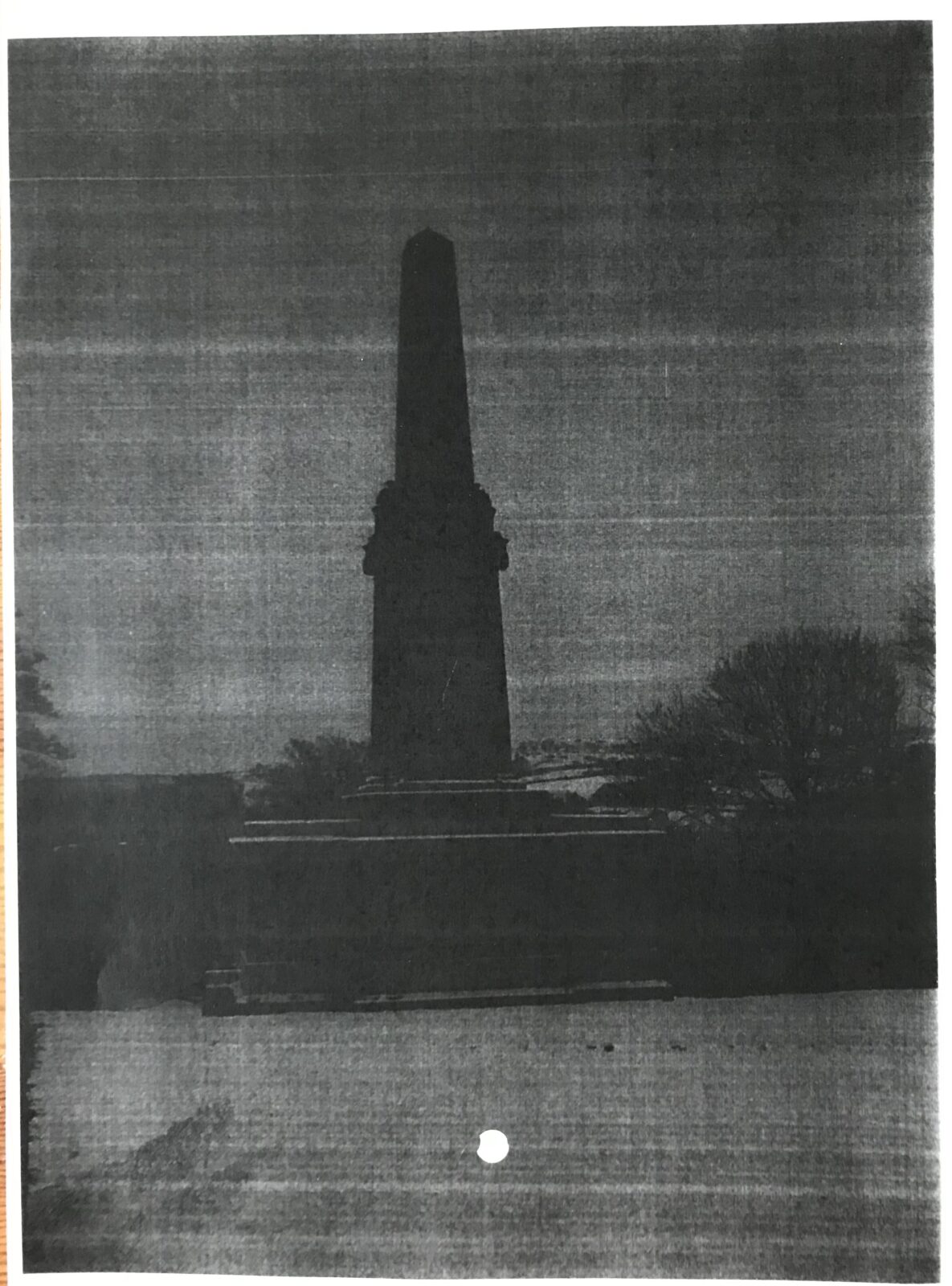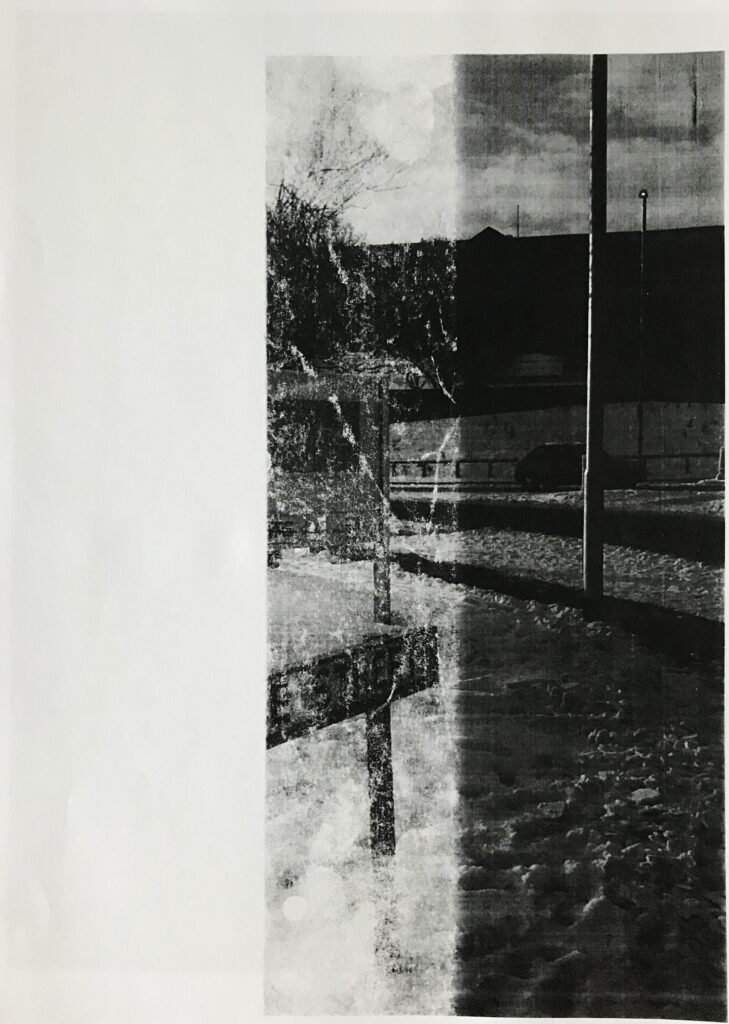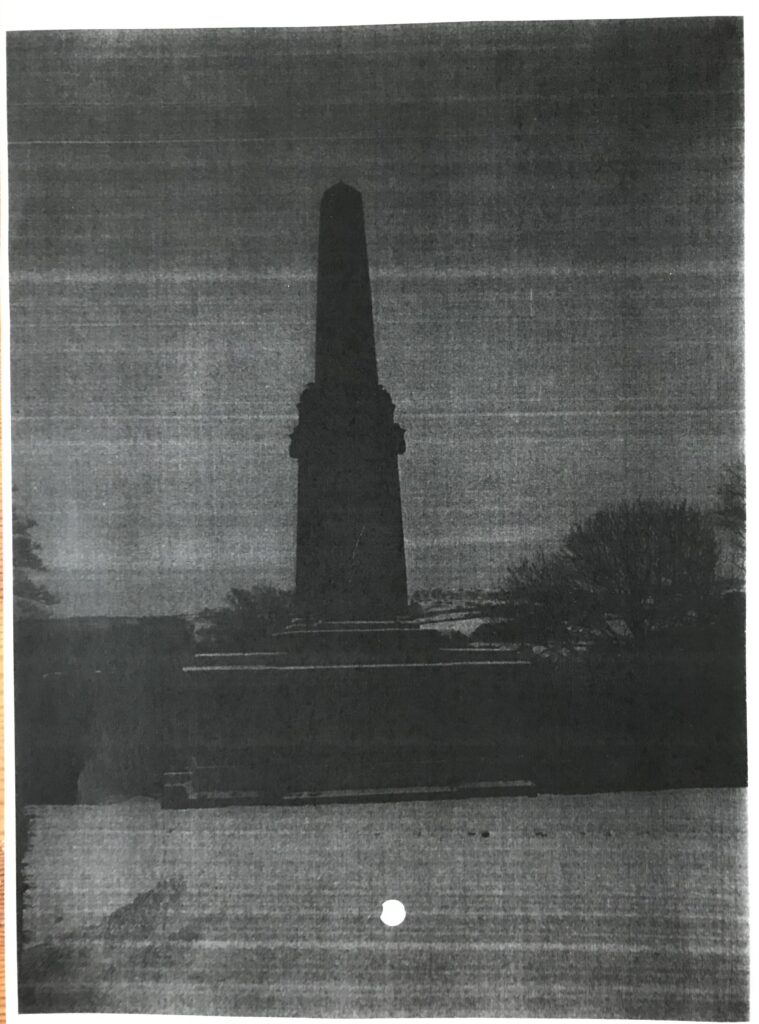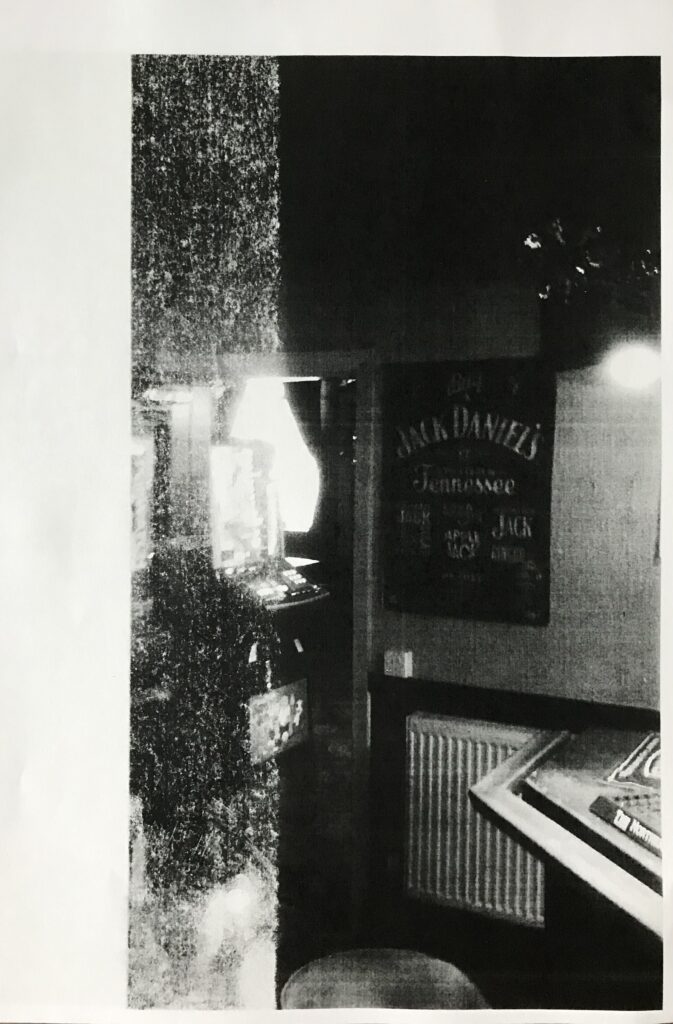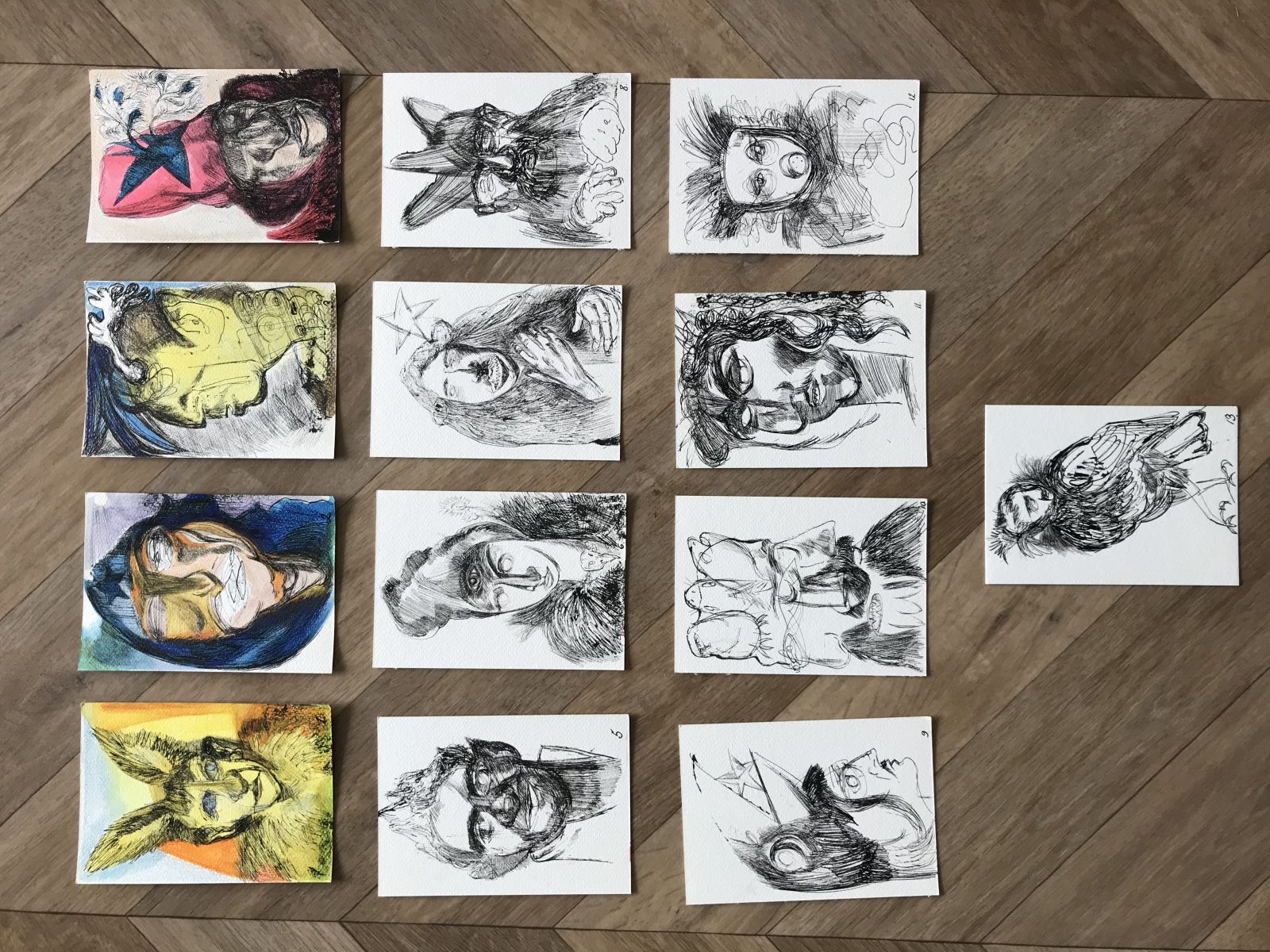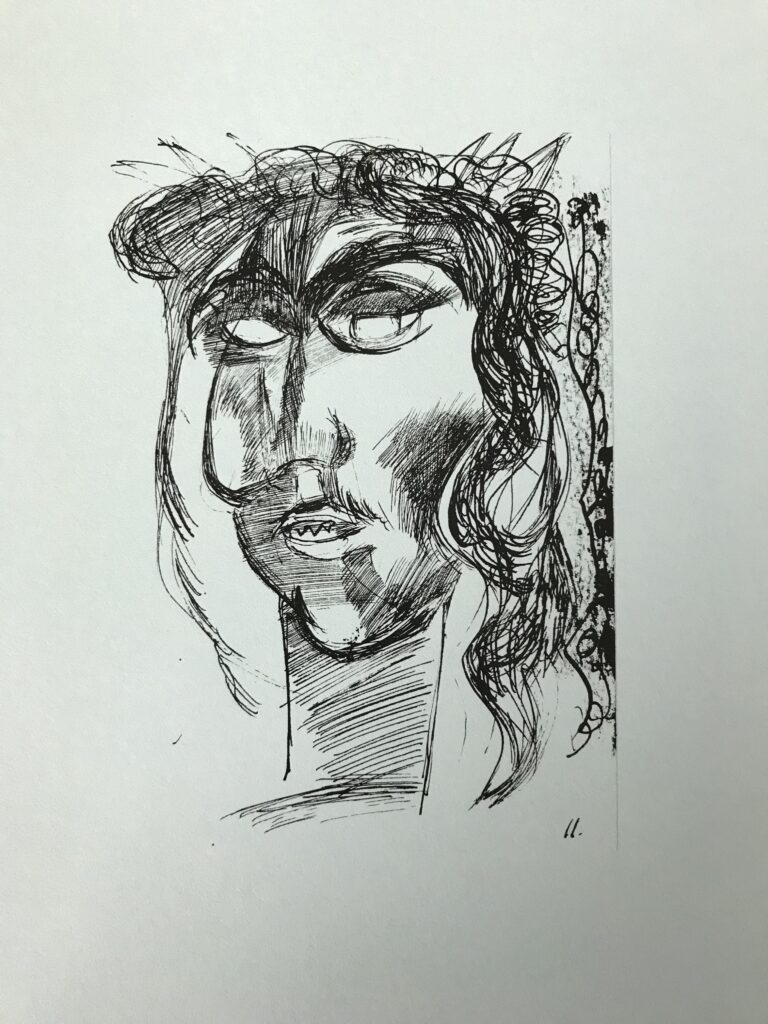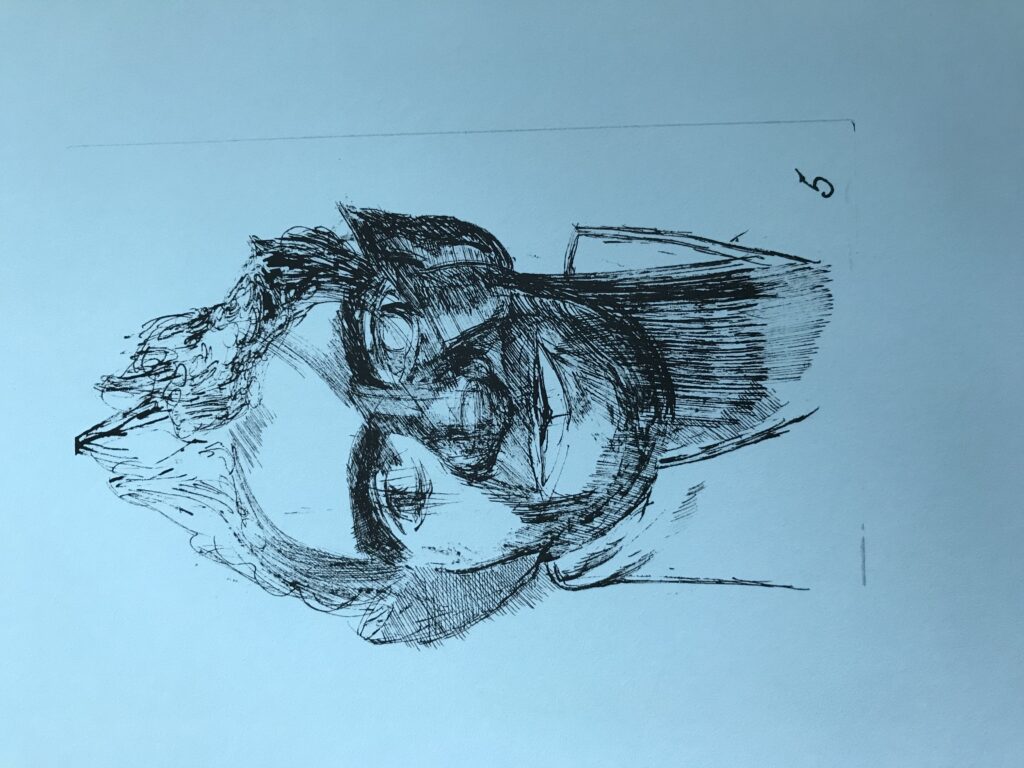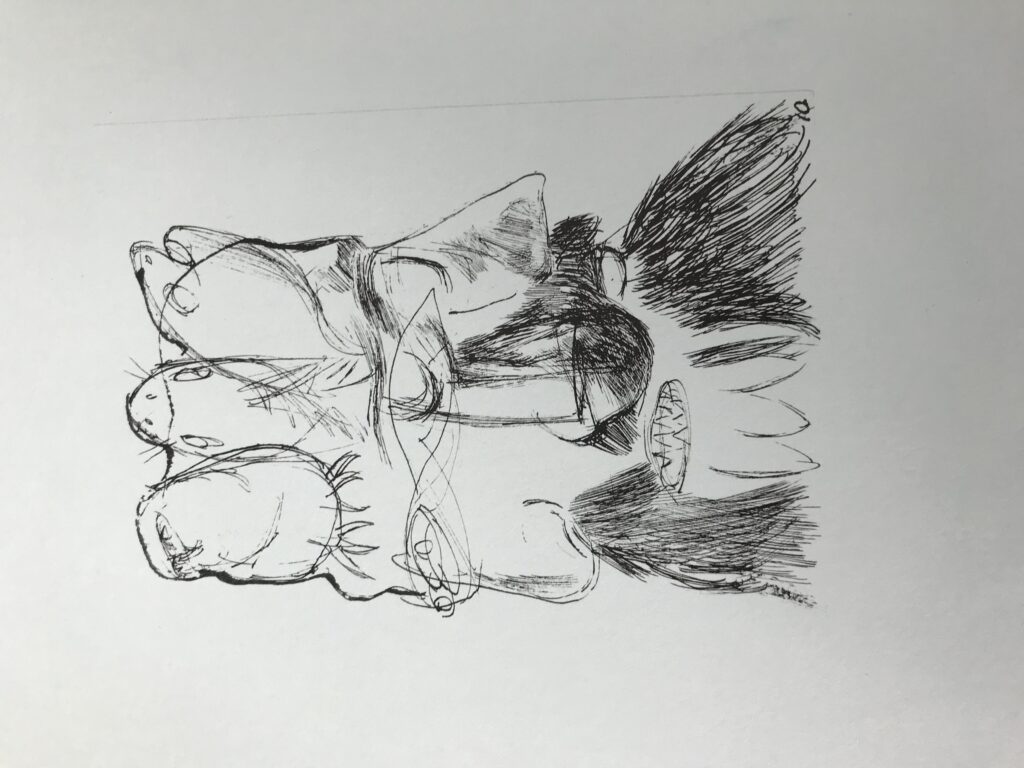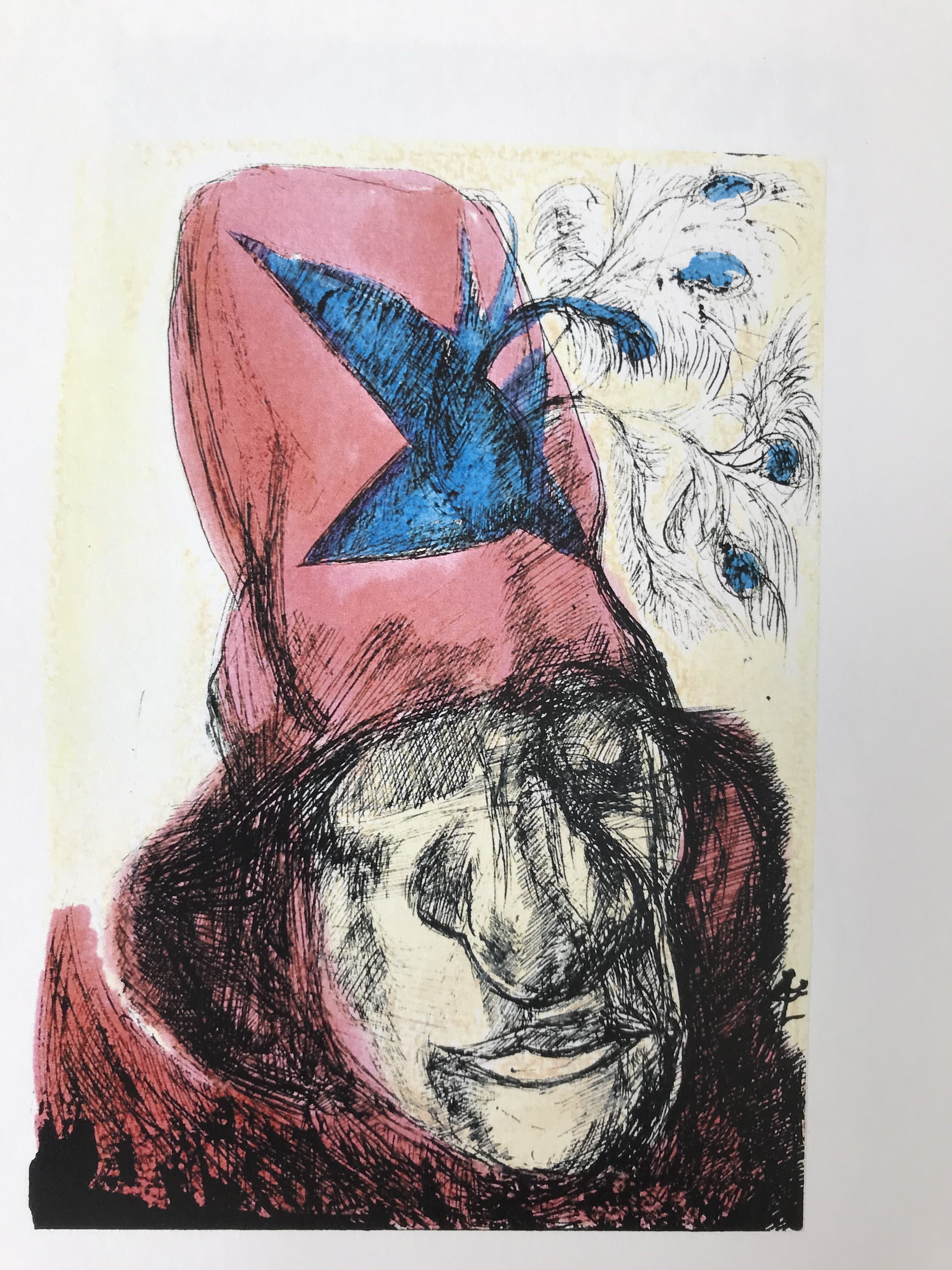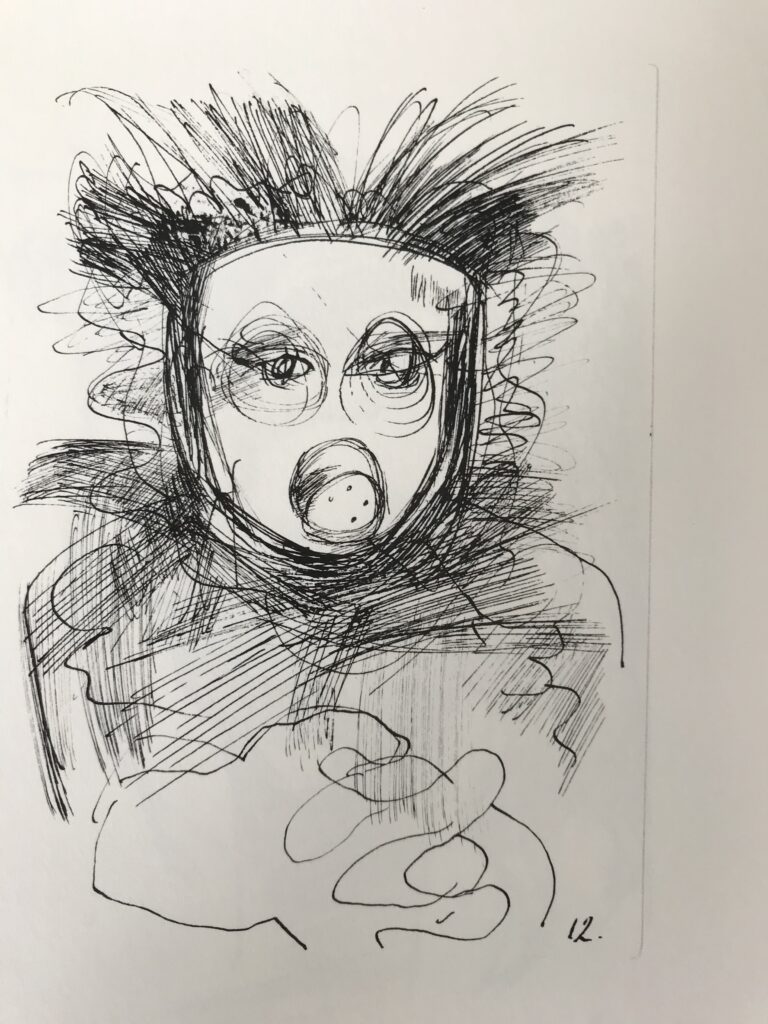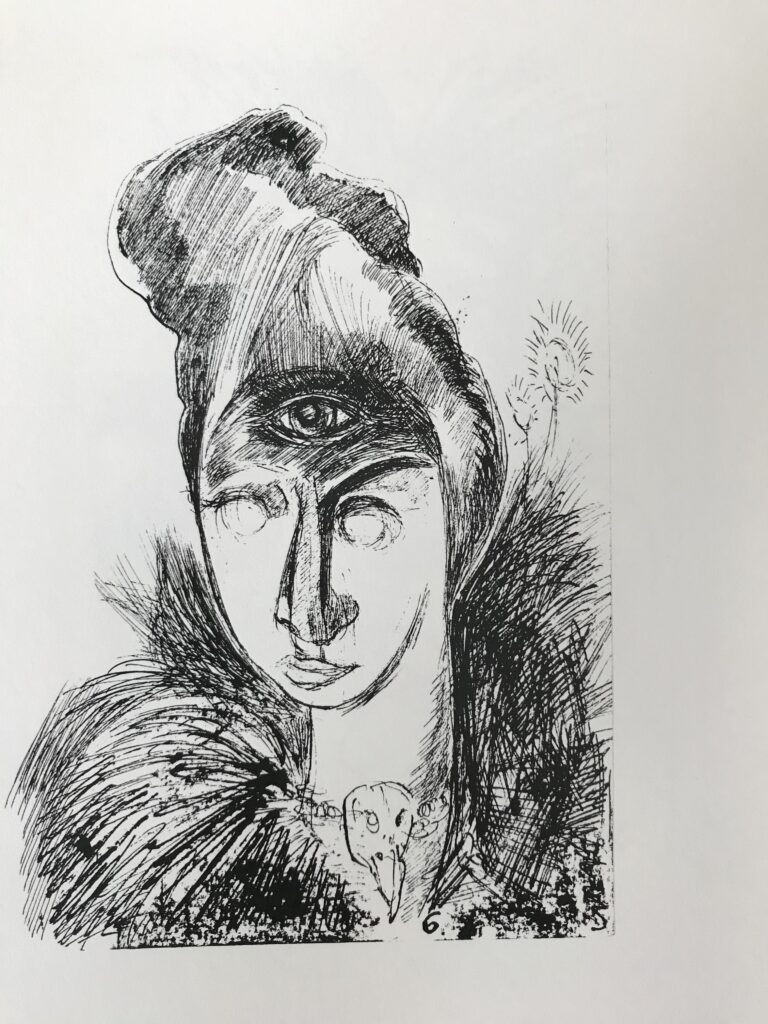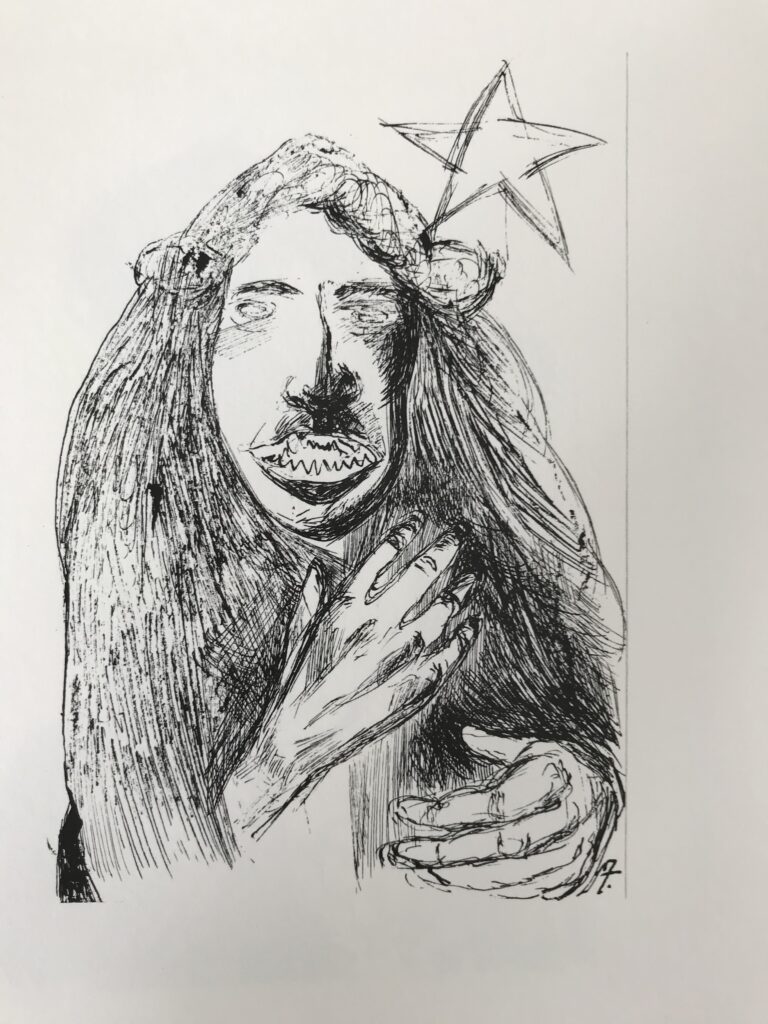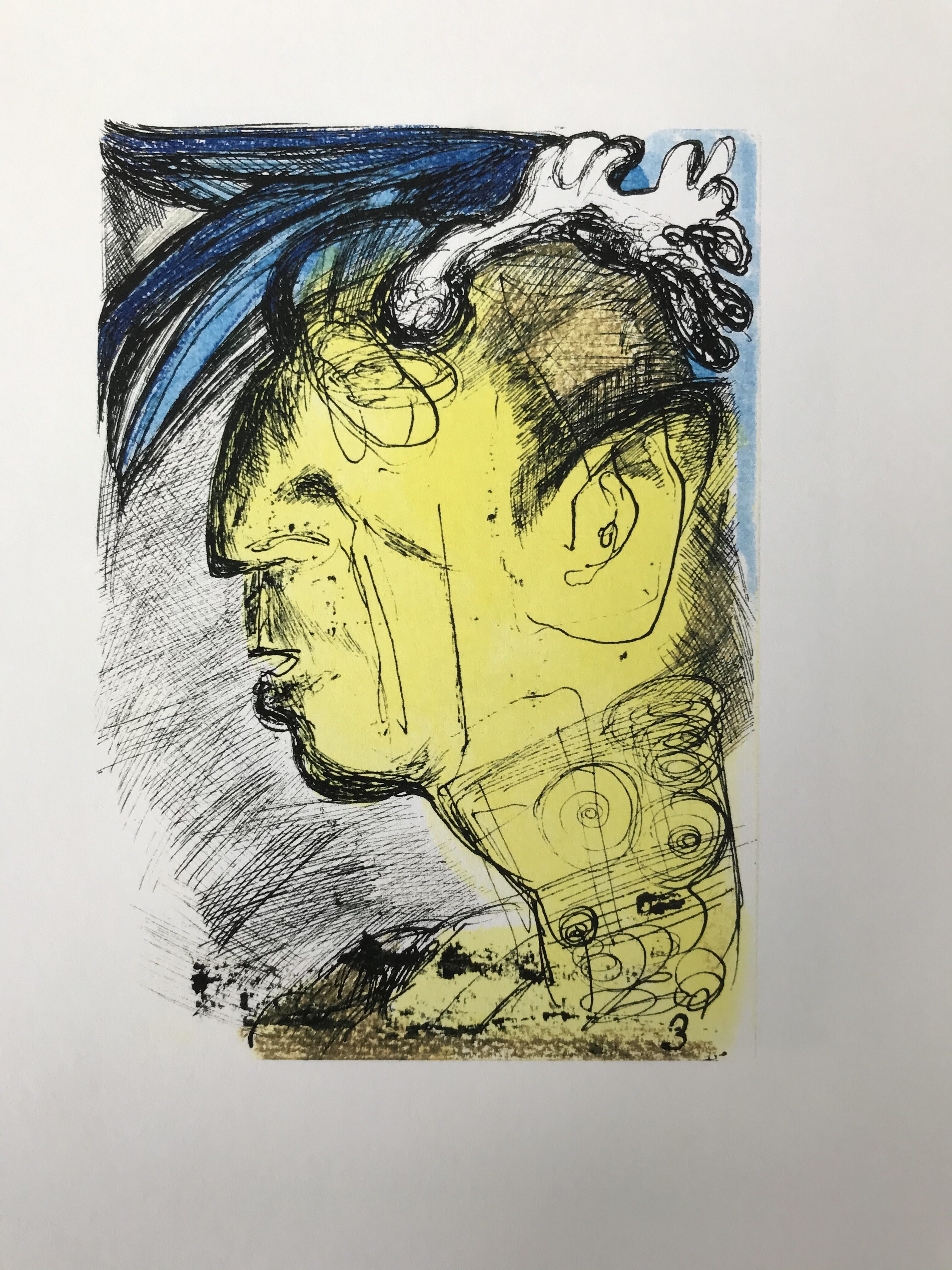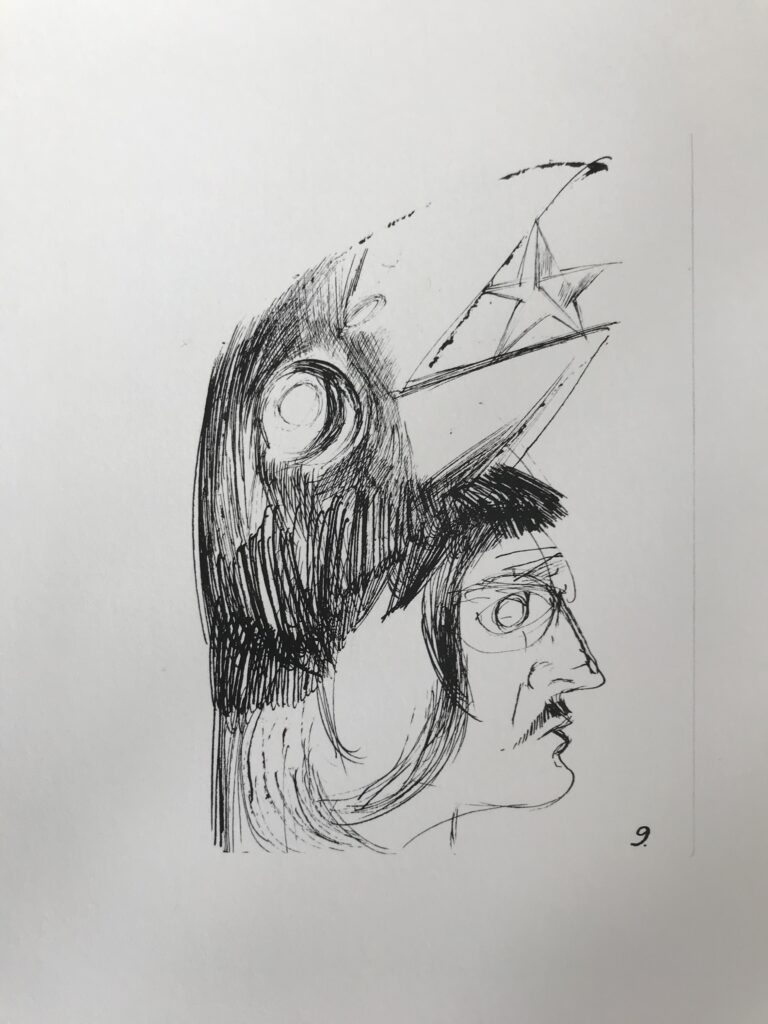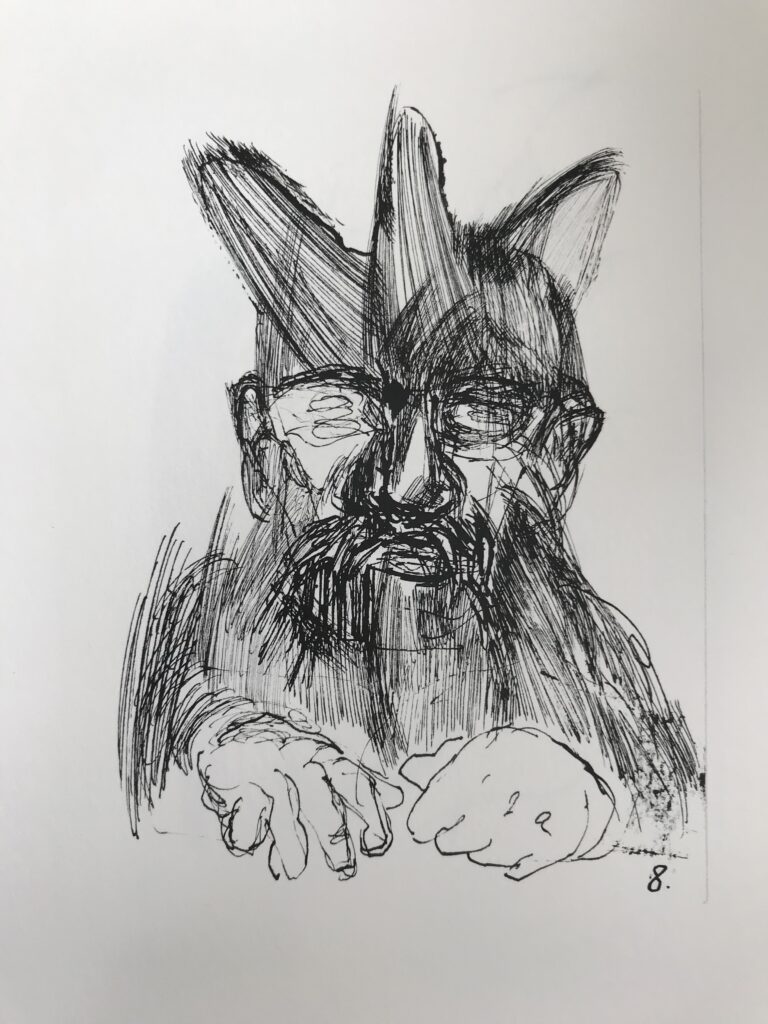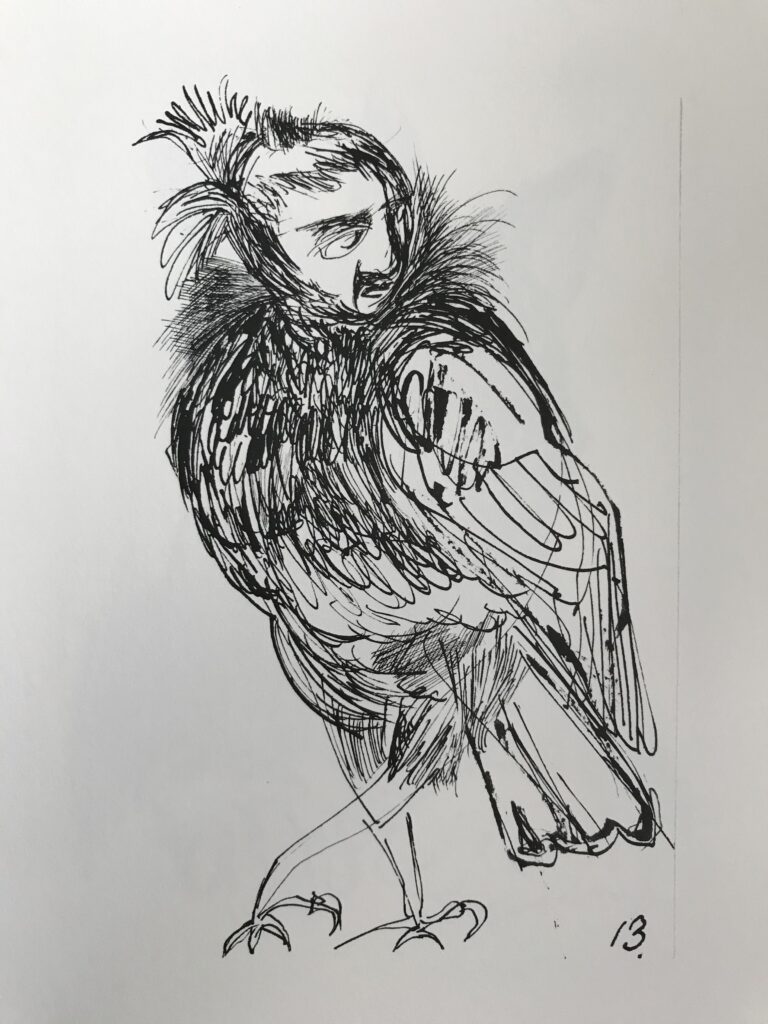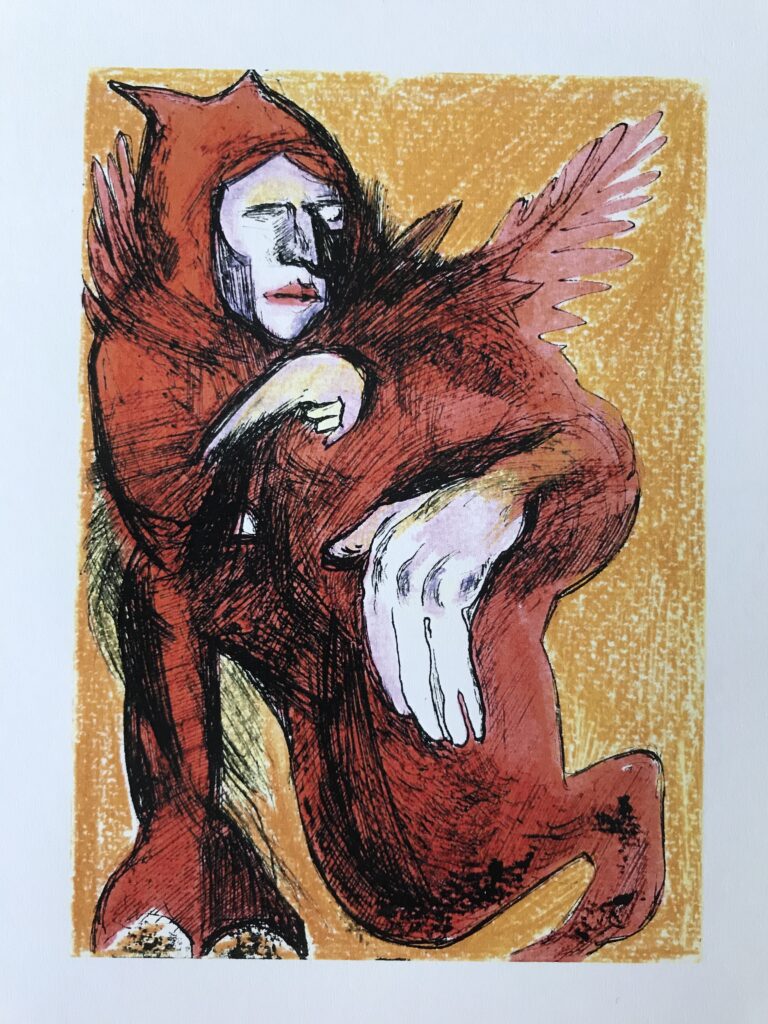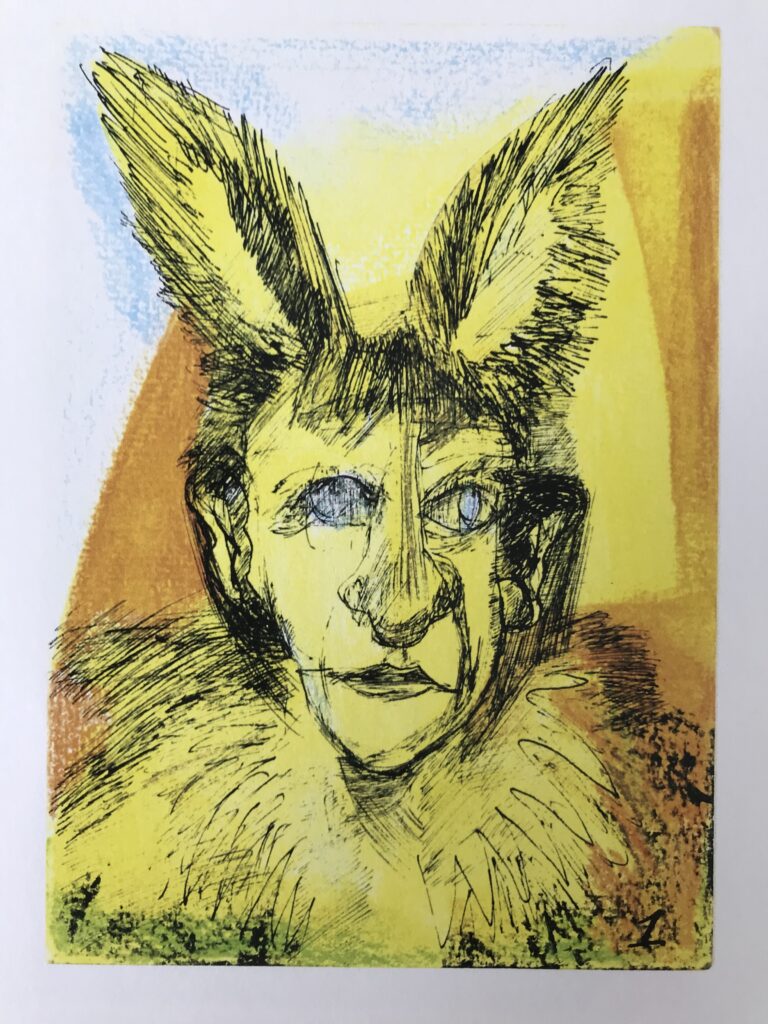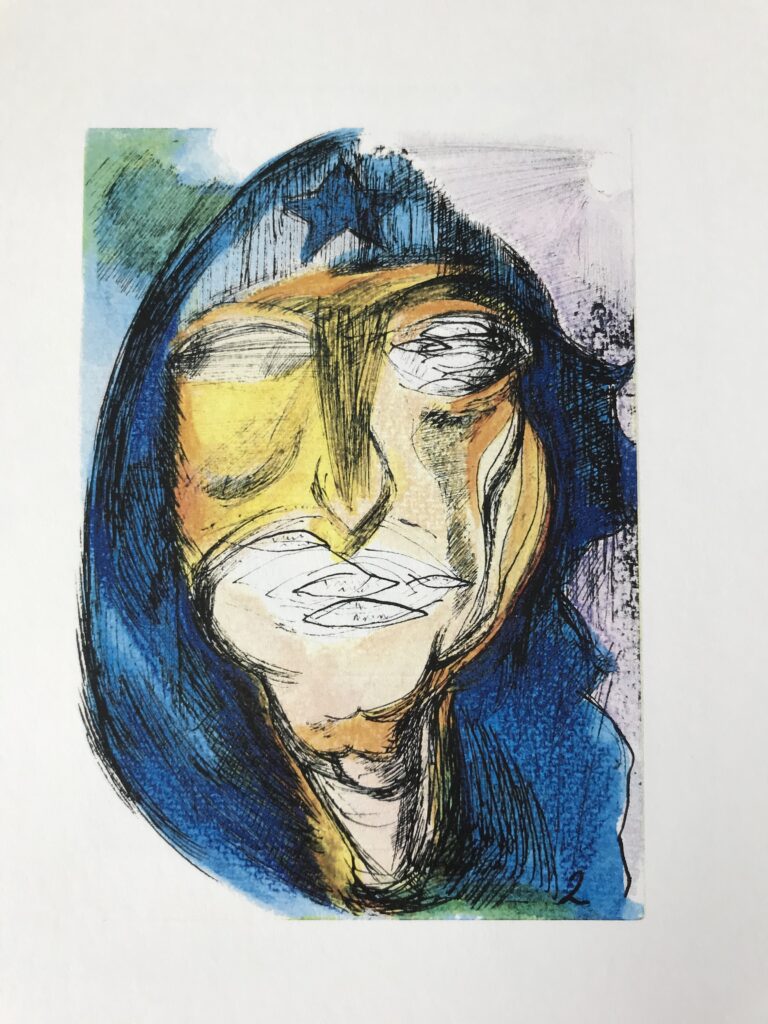In rule six of PINS we admit to having no clue to the objectives. The original photocopy – where we found the rules – underlines this point so it must be important, but we are not really sure why.
Category: Albion
PINS – RULE THREE: DOING SOMETHING
Do you remember the Beginning? No? Never mind. We need to find someone, to tell the C.O.s to do something. Remember what or who the C.O.s are? No? Never mind. Let’s imagine we found someone. And now, let us peruse the images below and prepare to DO SOMETHING.
Consulting what rules we have, I can now tell you. Here is what we do. We do something.
(But what to do: AKA “Disappear in front of his brother, in a PUFF of SMOKE.”)
Clayton Orange Alternative
We must take our luck where we can. Hence a dreamlike visitation of Wrocław’s Krasnoludek in East Lancashire. Victorian streets that cling on in the gloaming, spaces where schools and factories were, pubs that made way for motorways. We need a better narrative. Myths are needed to make us feel noticed, or carefree, again.
The Theory of the Duck #3
There is good and there is evil. In between, somewhere, is the duck.
These words, spoken by Accrington artist and visionary Tim Whittaker, come back to haunt us in these ribald, brittle, stretched months of 2020 and 2021, where ghosts of the threshing floor rise to meet us.
These photocopies hark back to another, happier time and maybe presage a third.
We just need to locate the duck.
You have to act. Burn them, commune with their indolent, witless, stolid spirit. Or photocopy them endlessly to erase their presence.
Maybe you can draw on humanity’s creative commons to give you another answer. It’s what the internet is for.
I’m staying in my lane. To be precise, Hollins Lane. But that stops in Baxenden. Where then?
The Theory of the Duck #2
There is good and there is evil. In between, somewhere, is the duck.
These words, spoken by Accrington artist and visionary Tim Whittaker, come back to haunt us in these ribald, brittle, stretched months of 2020 and 2021, where ghosts of the threshing floor rise to meet us.
These photocopies hark back to another, happier time and maybe presage a third.
We just need to locate the duck.
You have to act. Burn them, commune with their indolent, witless, stolid spirit. Or photocopy them endlessly to erase their presence.
Maybe you can draw on humanity’s creative commons to give you another answer. It’s what the internet is for.
I’m staying in my lane. To be precise, Hollins Lane. But that stops in Baxenden. Where then?
The Theory of the Duck #1
There is good and there is evil. In between, somewhere, is the duck.
These words, spoken by Accrington artist and visionary Tim Whittaker, come back to haunt us in these ribald, brittle, stretched months of 2020 and 2021, where ghosts of the threshing floor rise to meet us.
These photocopies hark back to another, happier time and maybe presage a third.
We just need to locate the duck.
You have to act. Burn them, commune with their indolent, witless, stolid spirit. Or photocopy them endlessly to erase their presence.
Maybe you can draw on humanity’s creative commons to give you another answer. It’s what the internet is for.
I’m staying in my lane. To be precise, Hollins Lane. But that stops in Baxenden. Where then?
Doggerland Blues #4
What does the original matter when you’ve got a copy that cost more? It’s much more fun to be in Doggerland, Doggerland under Sea, where nothing ever matters, to you or to me.
Doggerland Blues #3
Between the worlds of Post Card and Pod Cast lies a new map of hell. It’s much more fun to be in Doggerland, Doggerland under Sea, where nothing ever matters, to you or to me.
Doggerland Blues #2
Away from the internet, away from the affray, away from the melting Liquid Crystal Display. It’s much more fun to be in Doggerland, Doggerland under Sea, where nothing ever matters, to you or to me.
Doggerland Blues #1
God, the art world bores me. Being an artist? You might as well be an astronaut. It’s all so serious and full of important things to do. It’s much more fun to be in Doggerland, Doggerland under Sea, where nothing ever matters, to you or to me.
